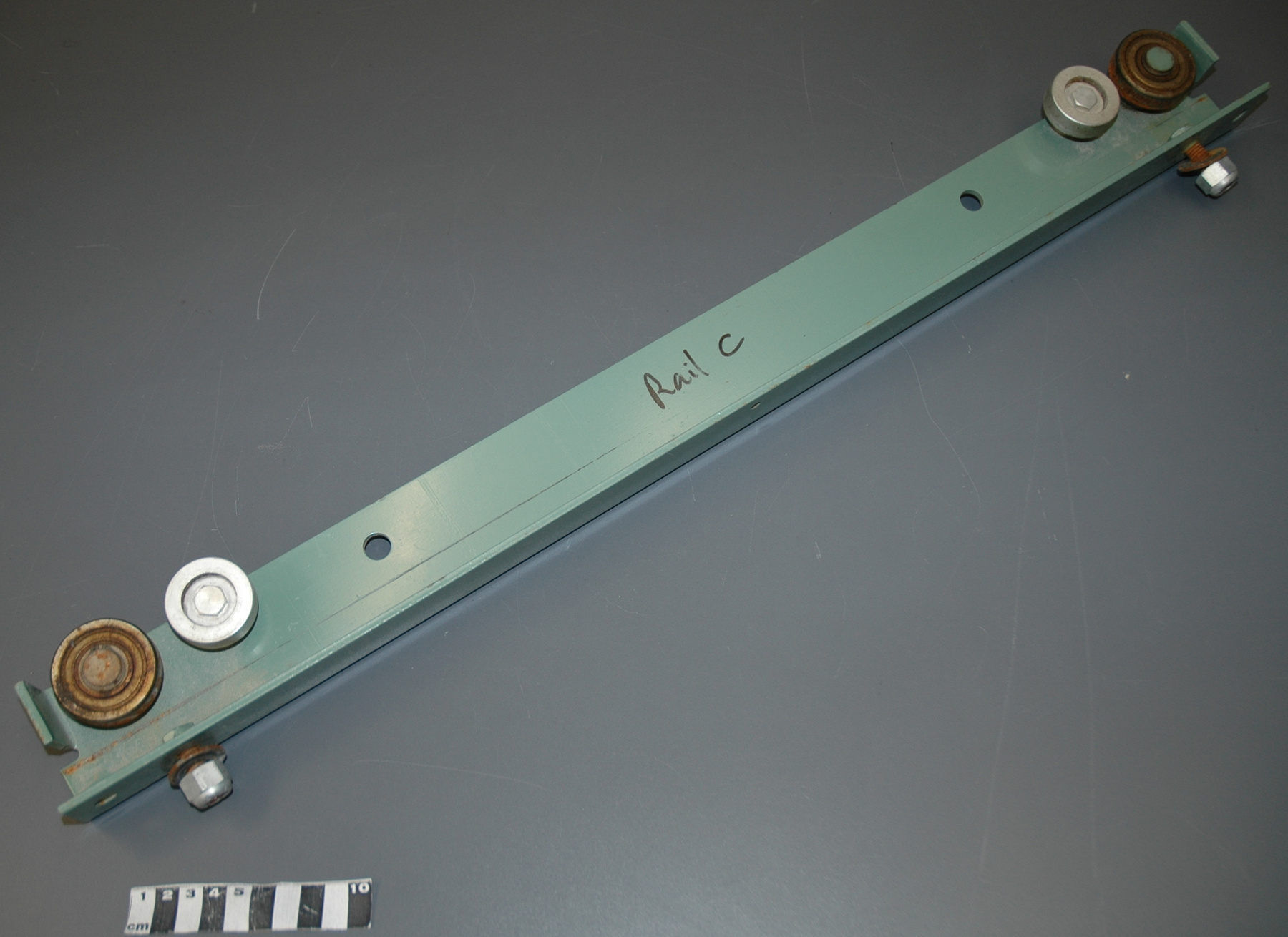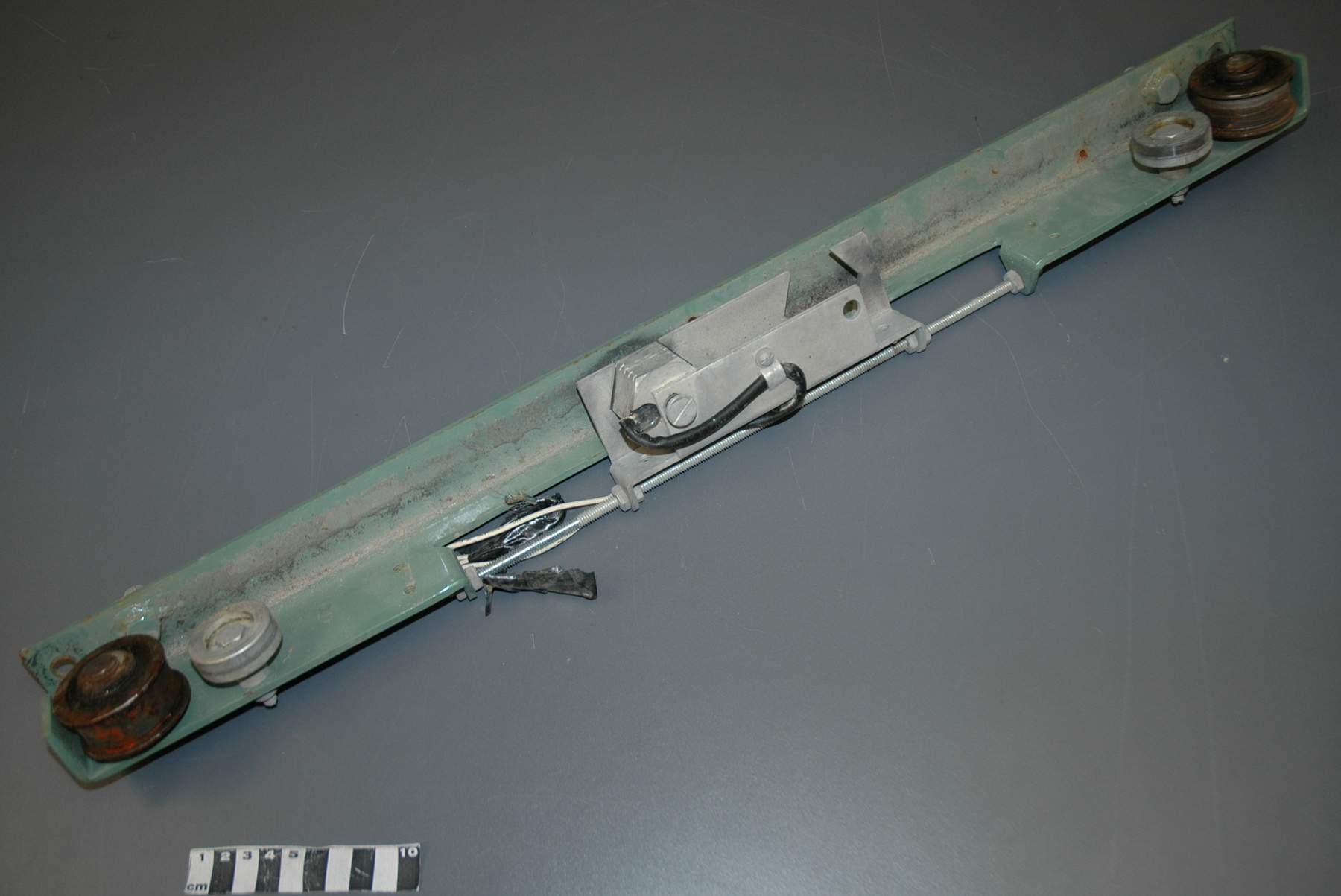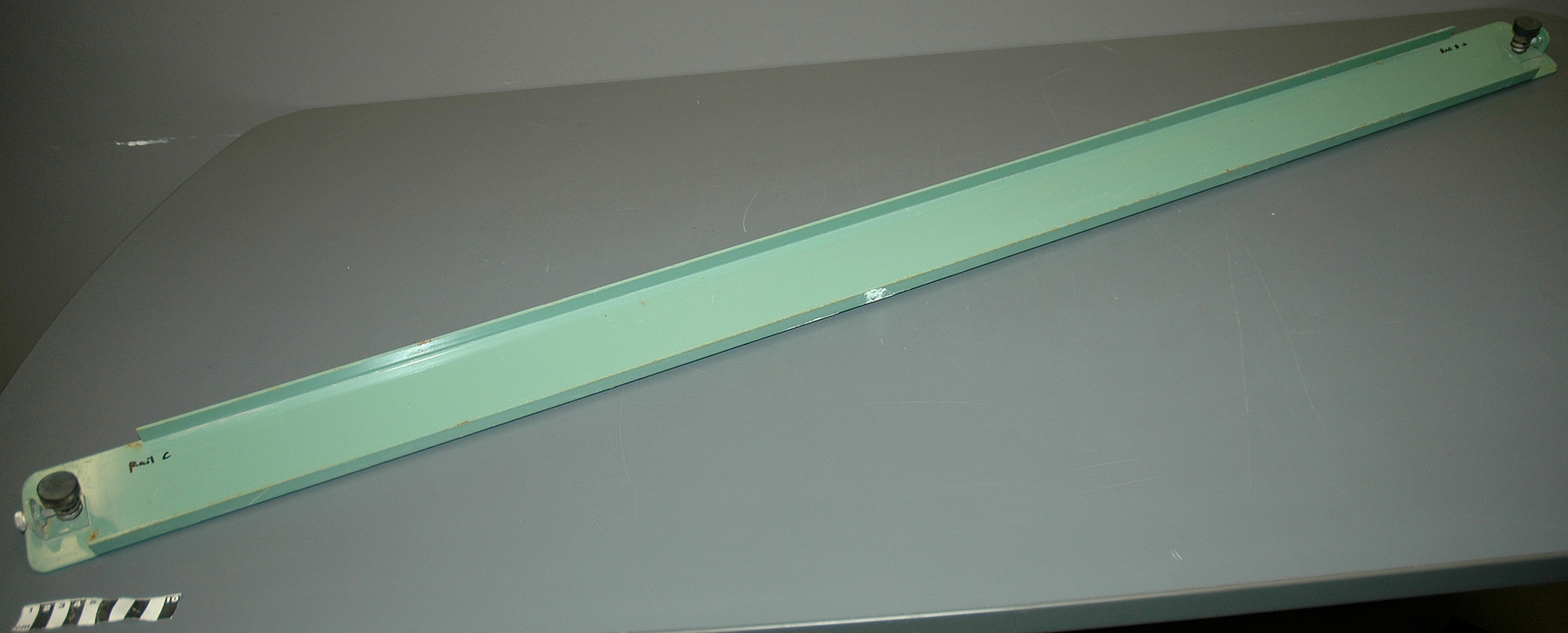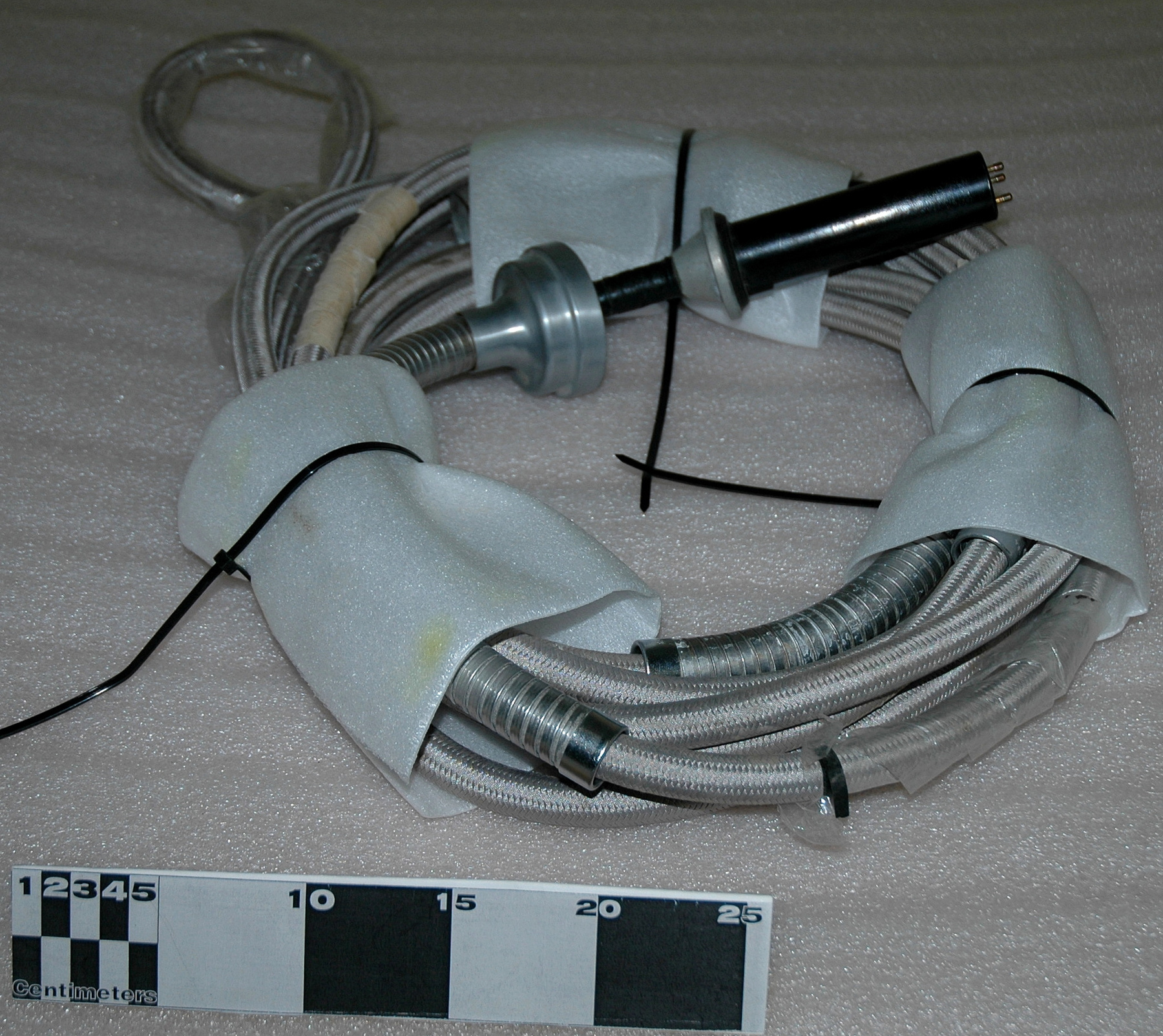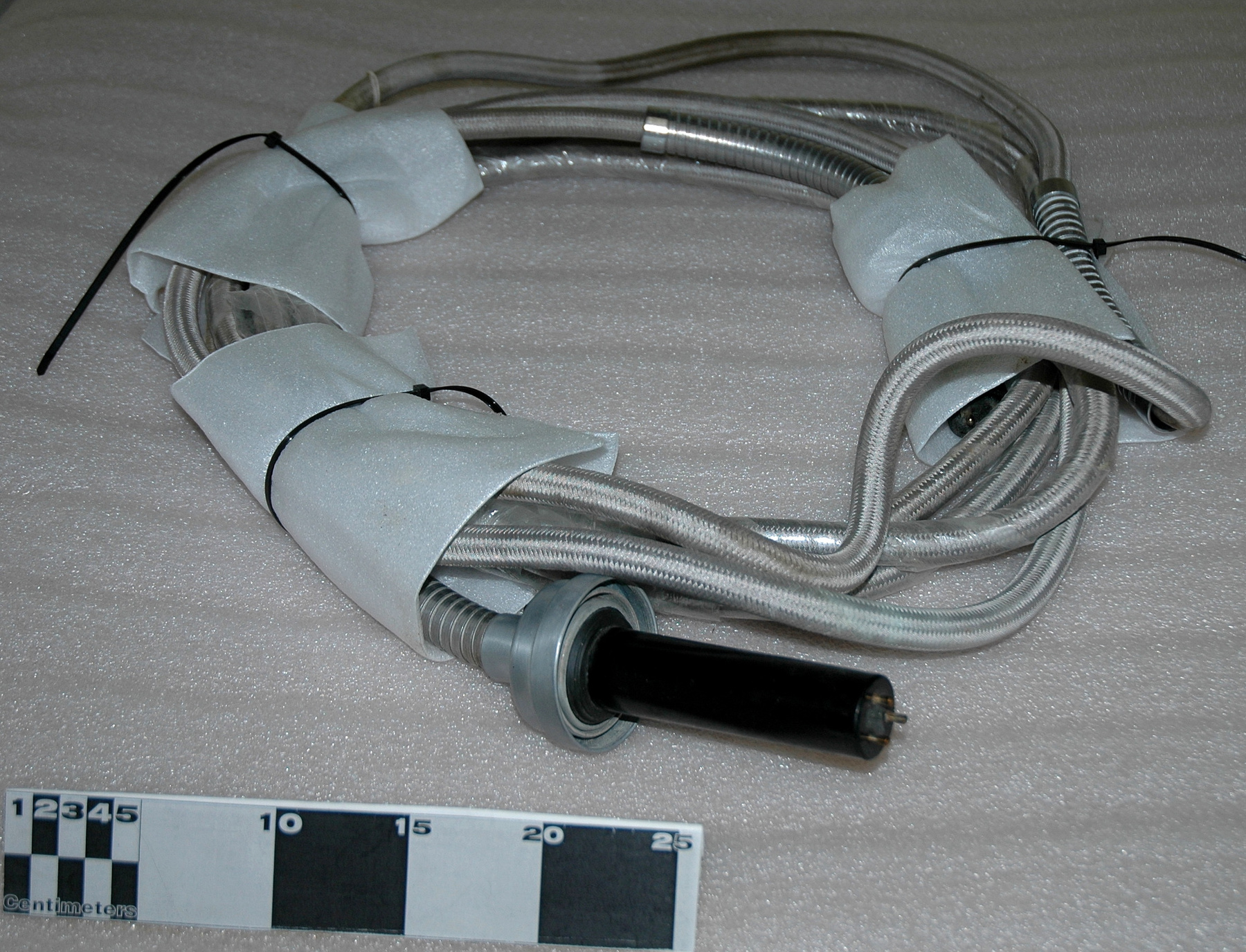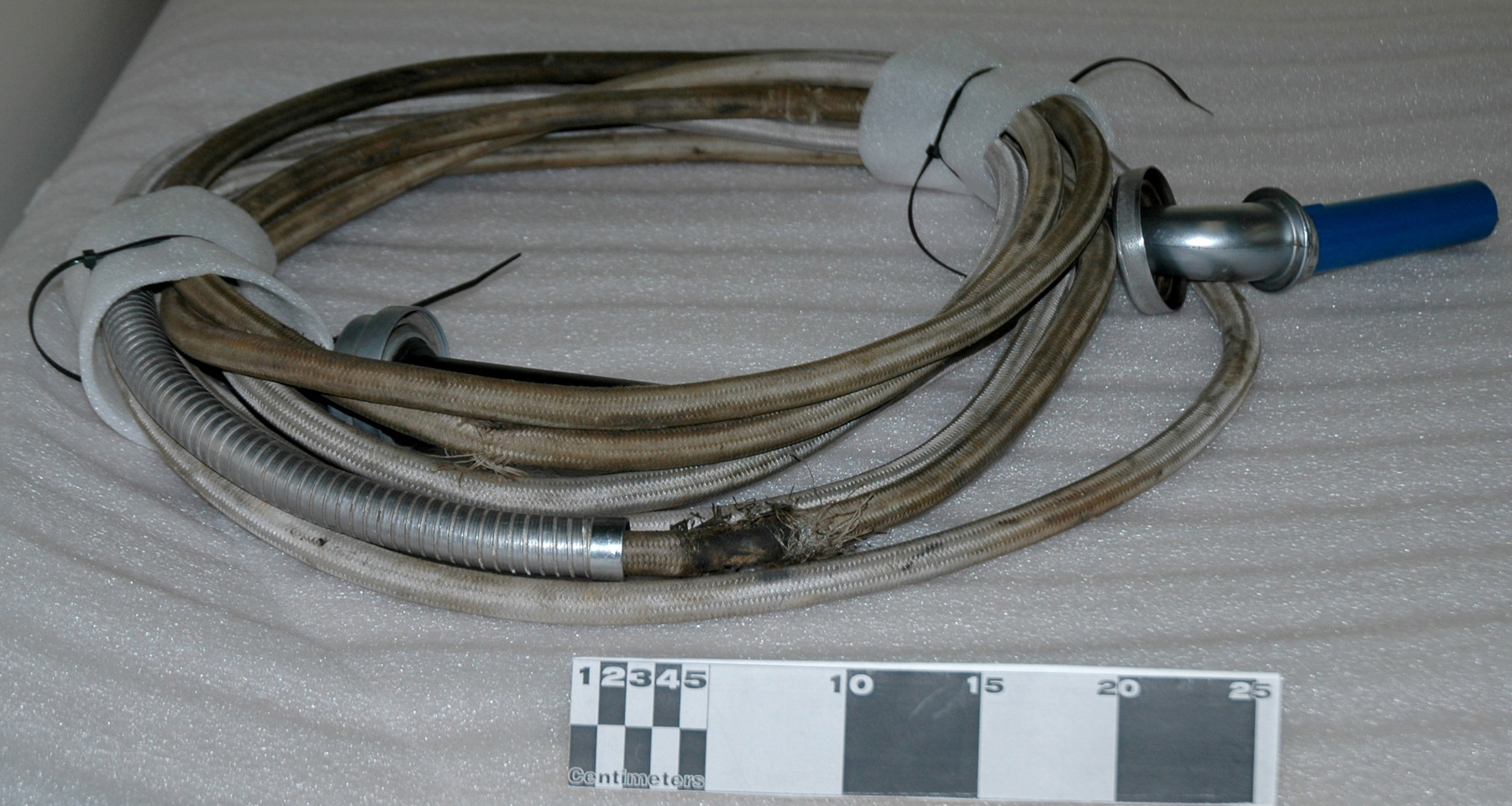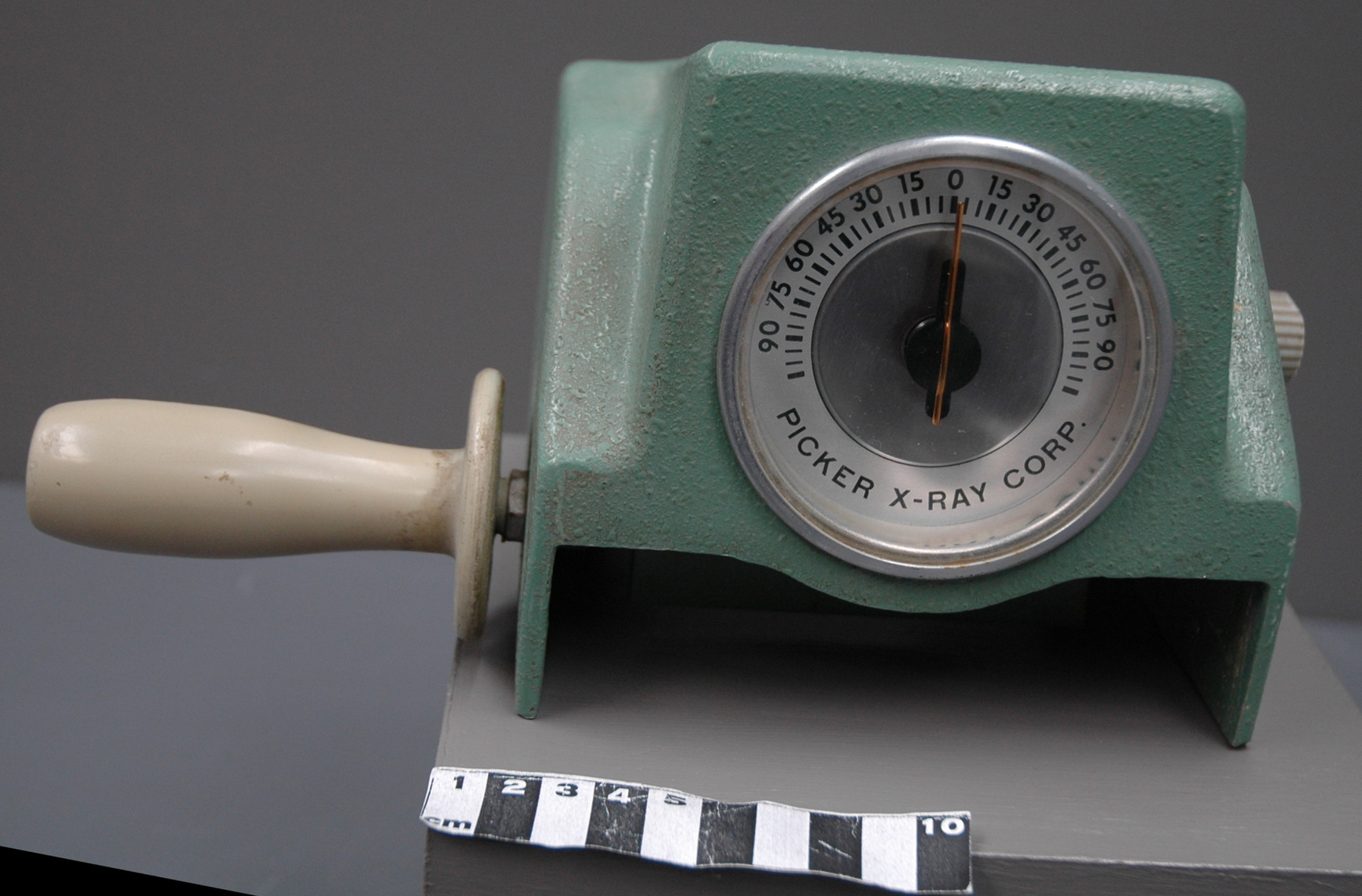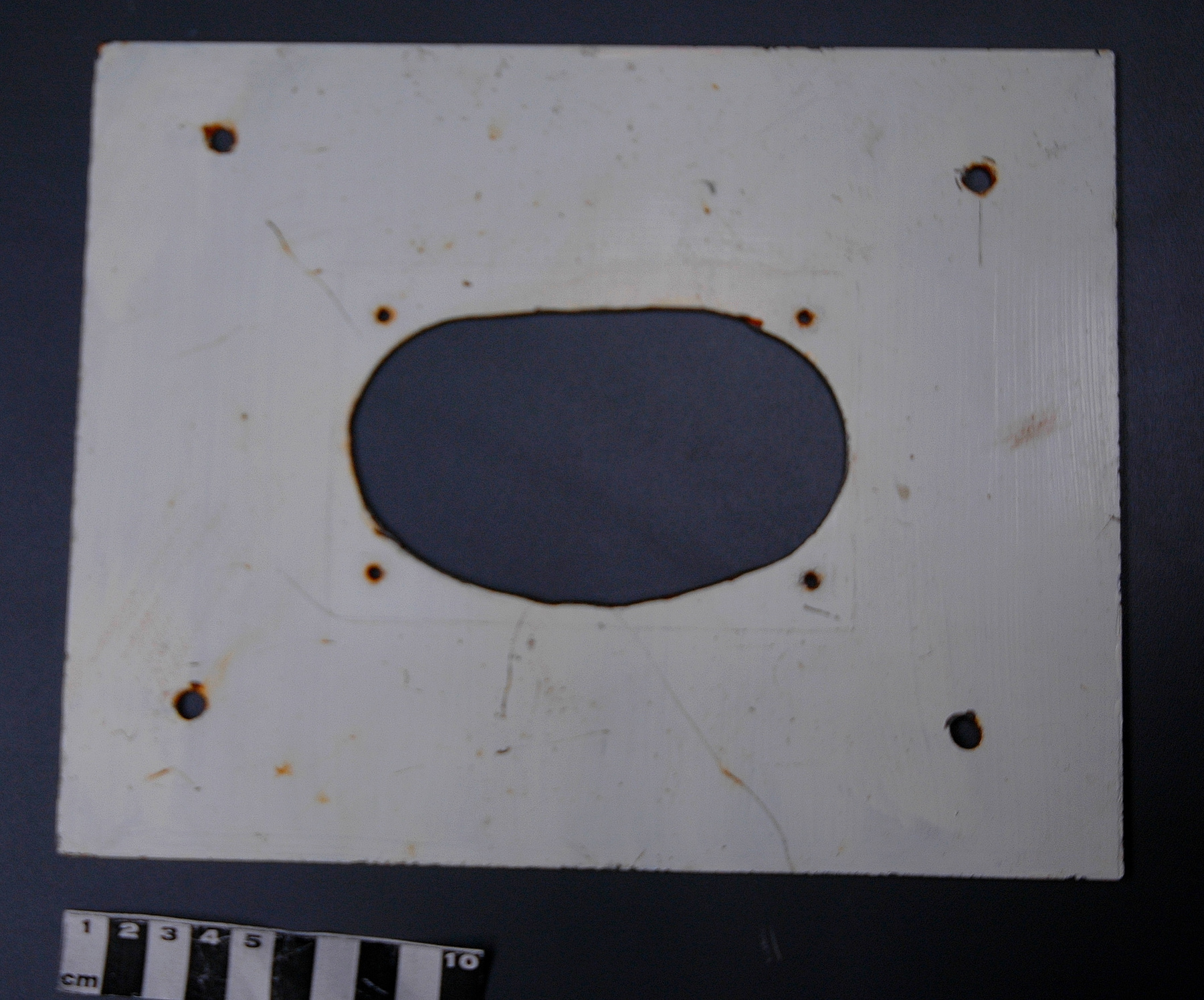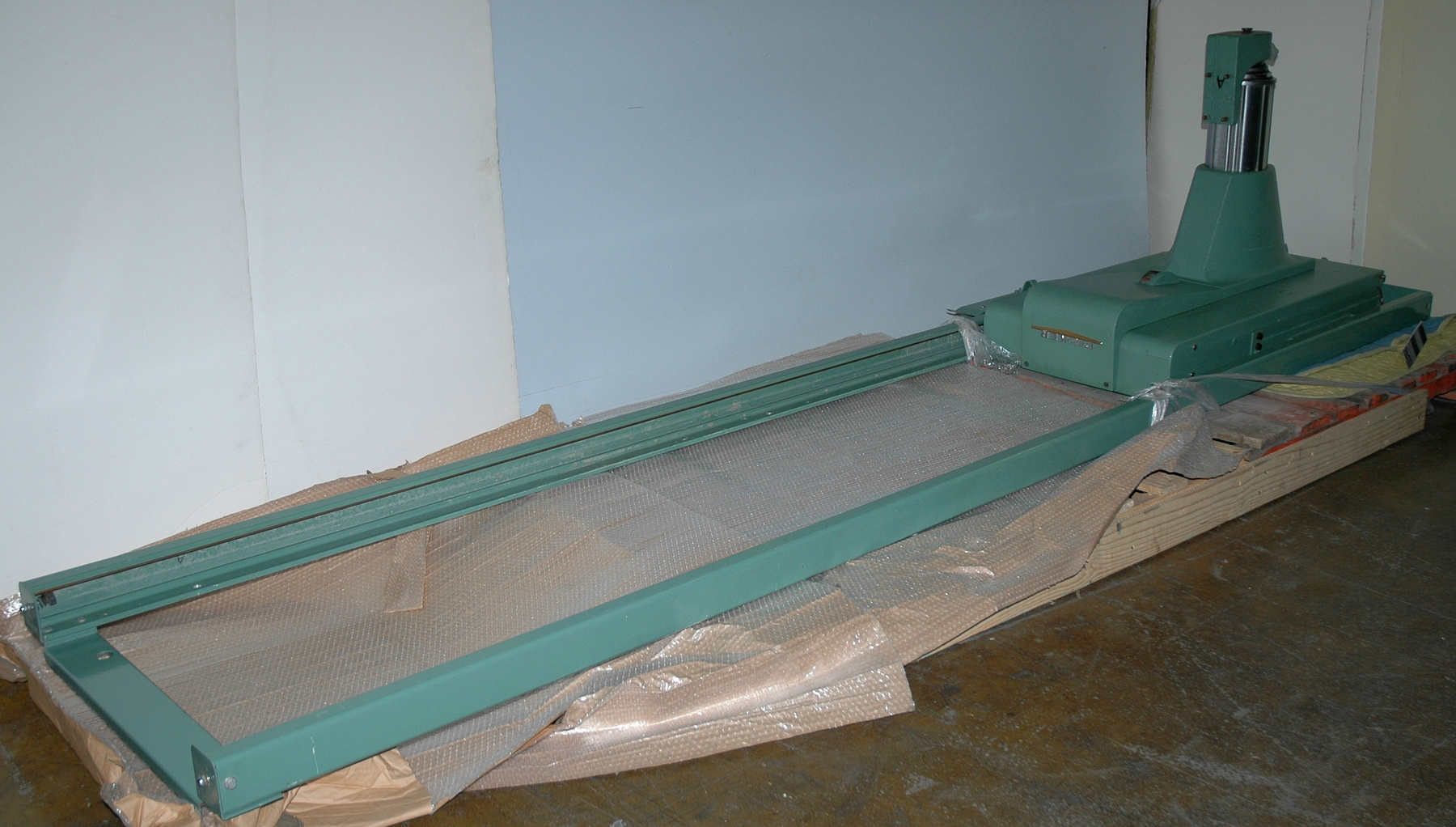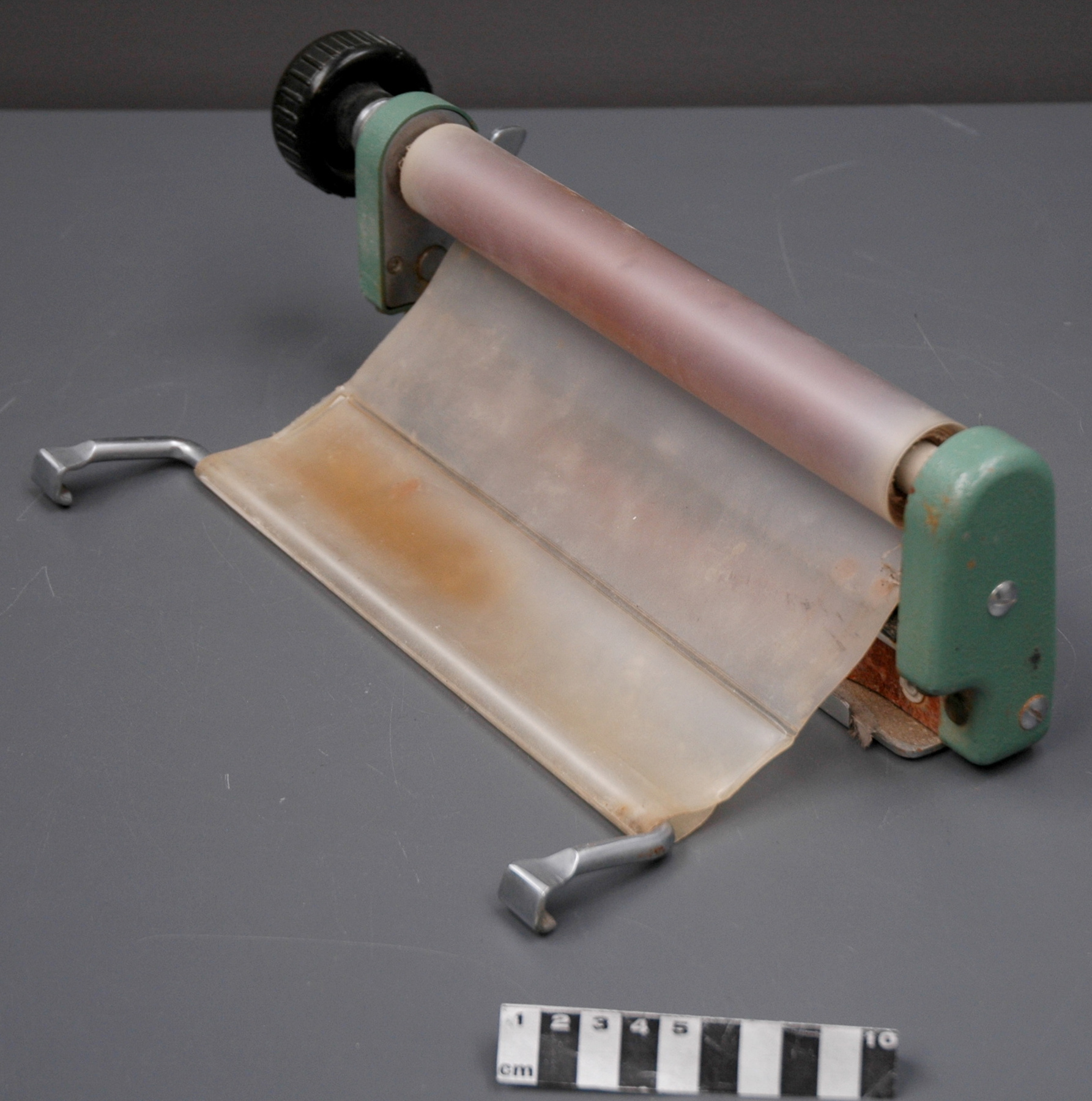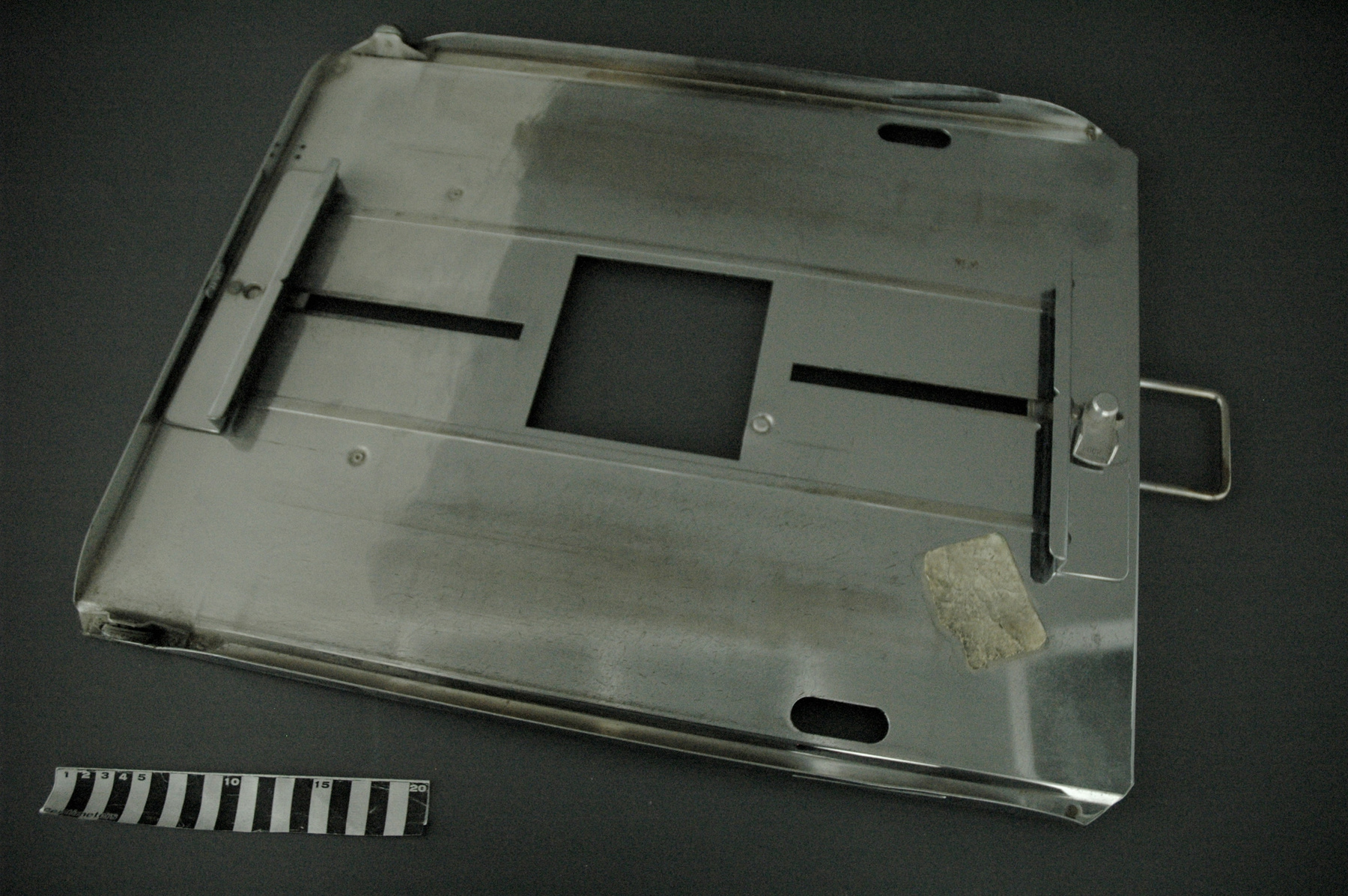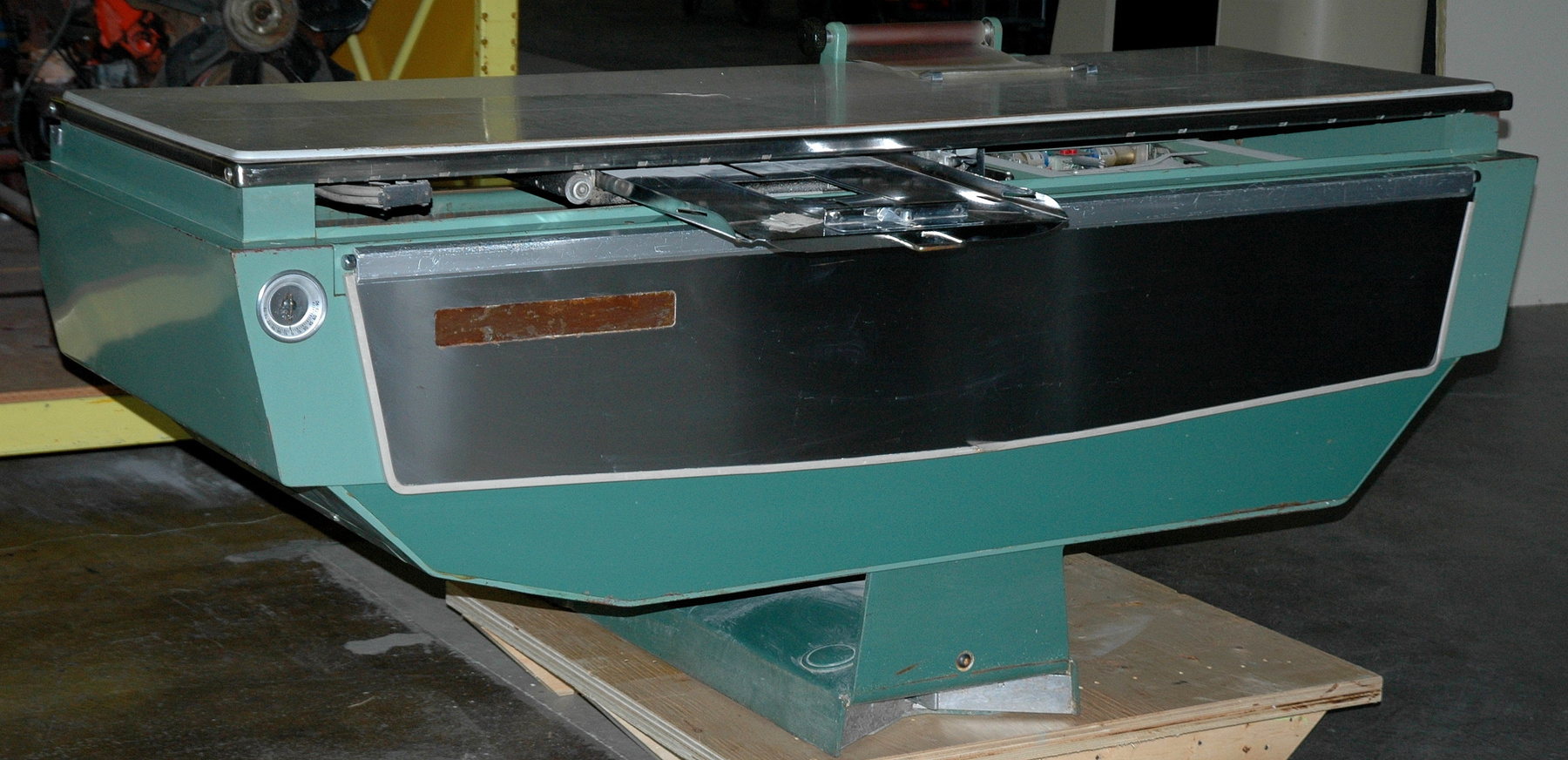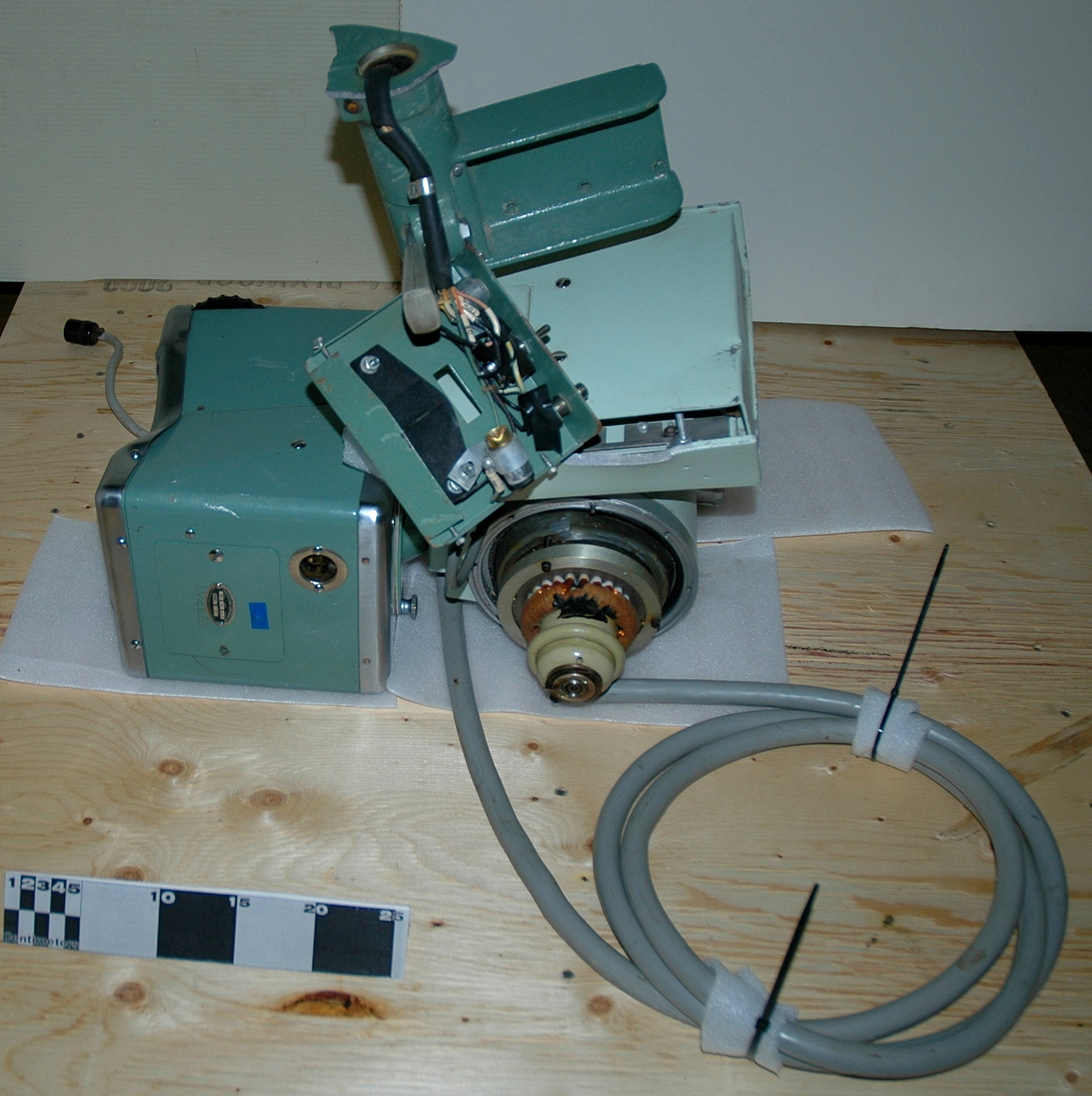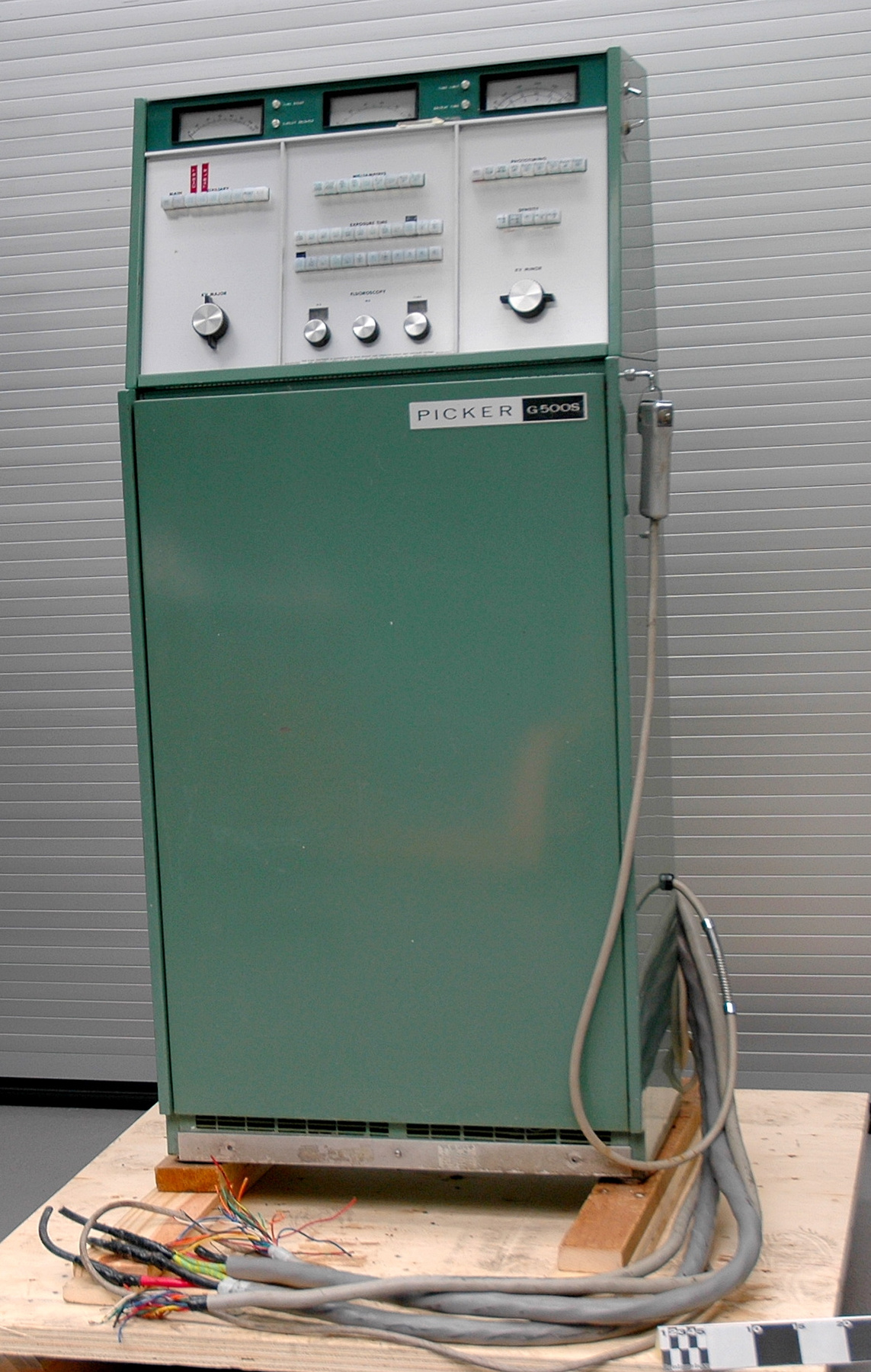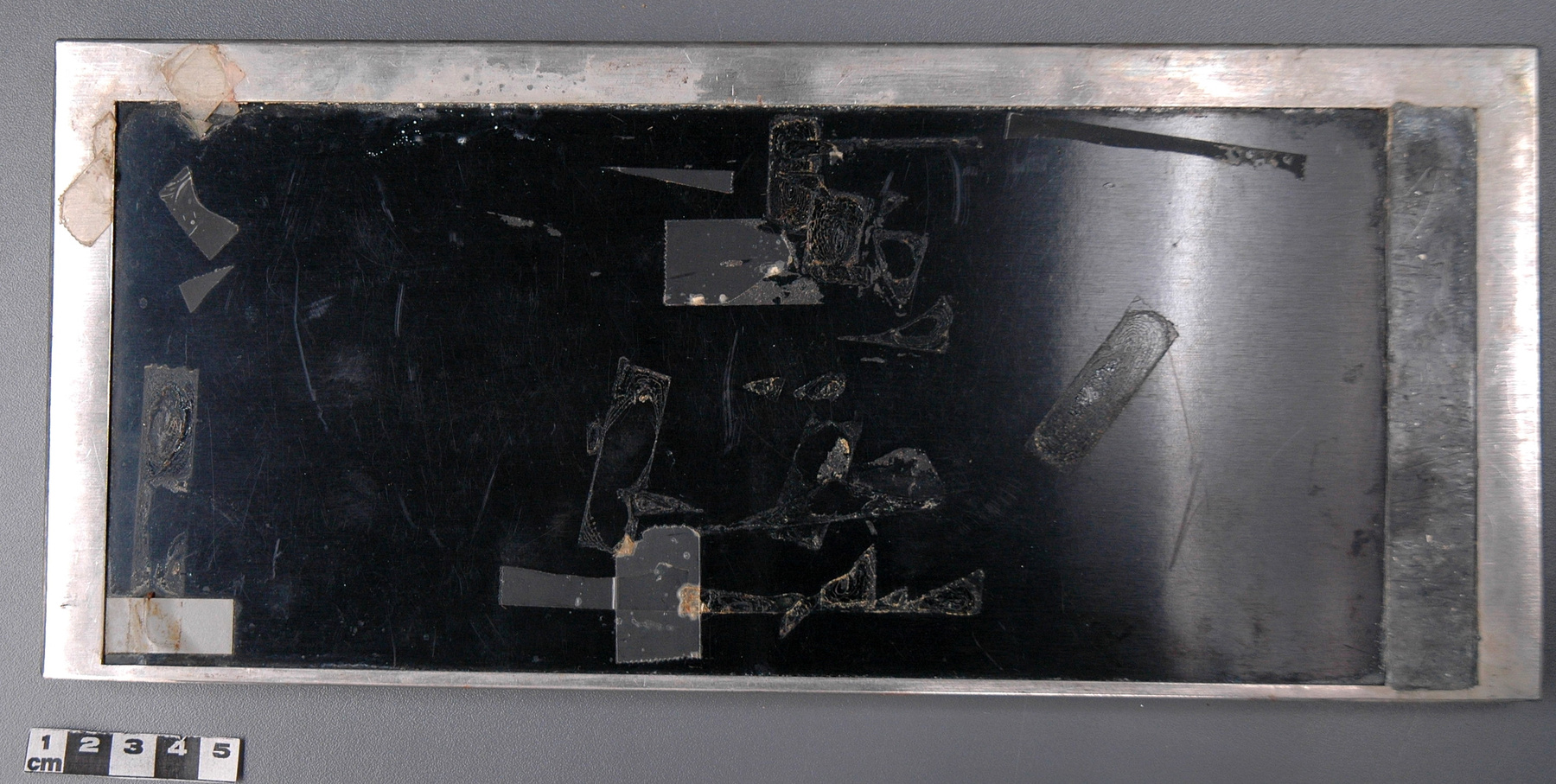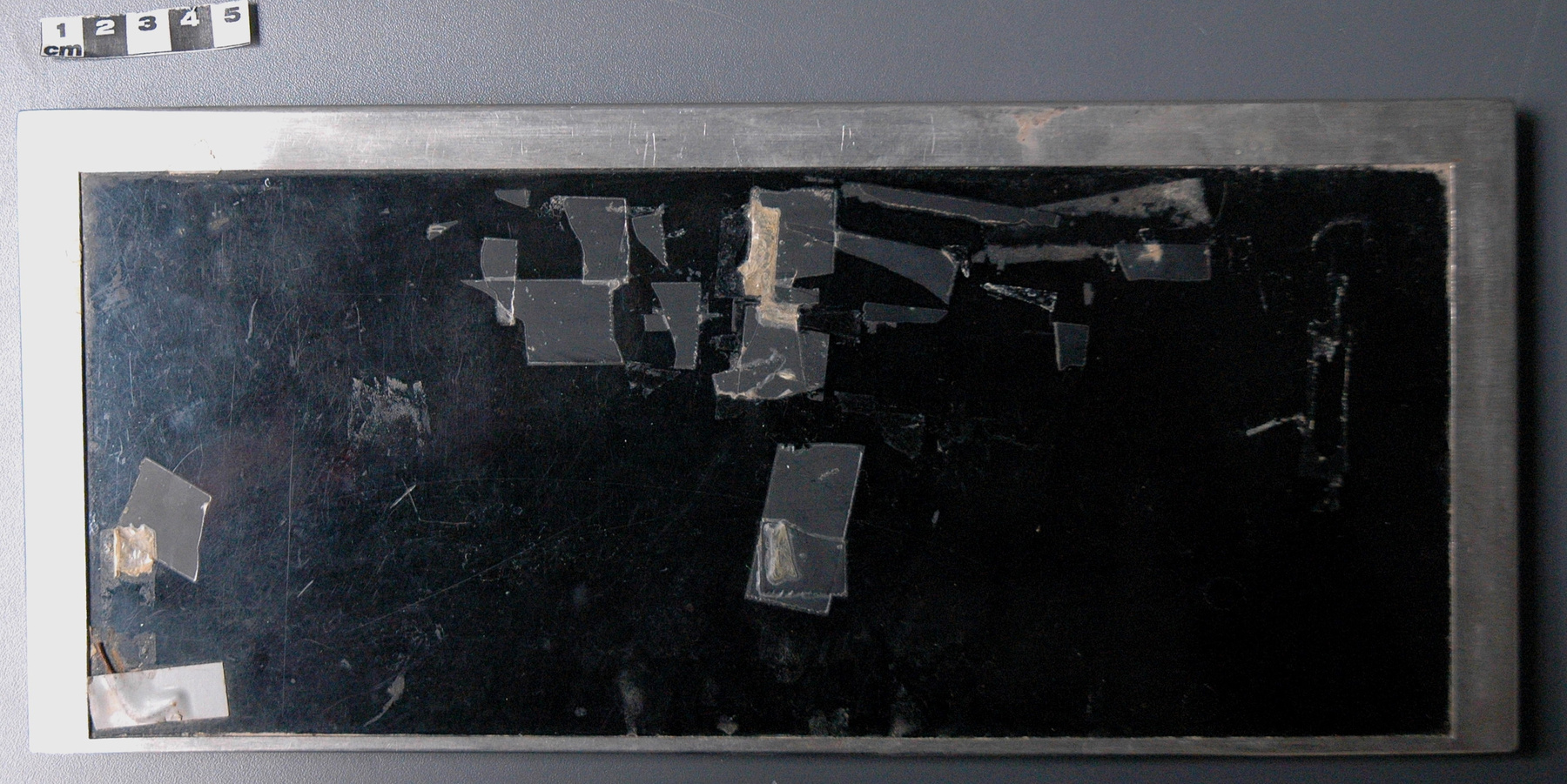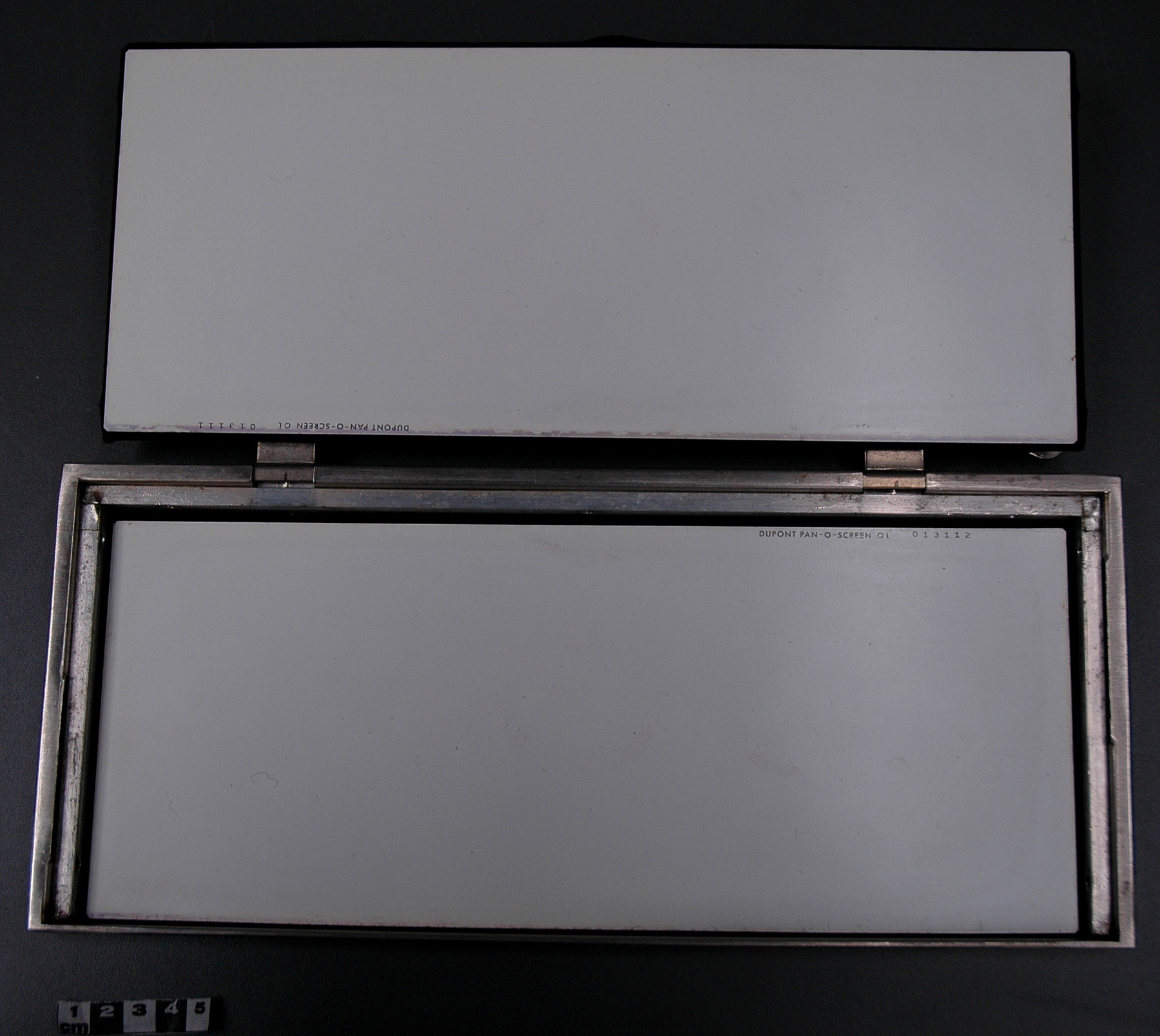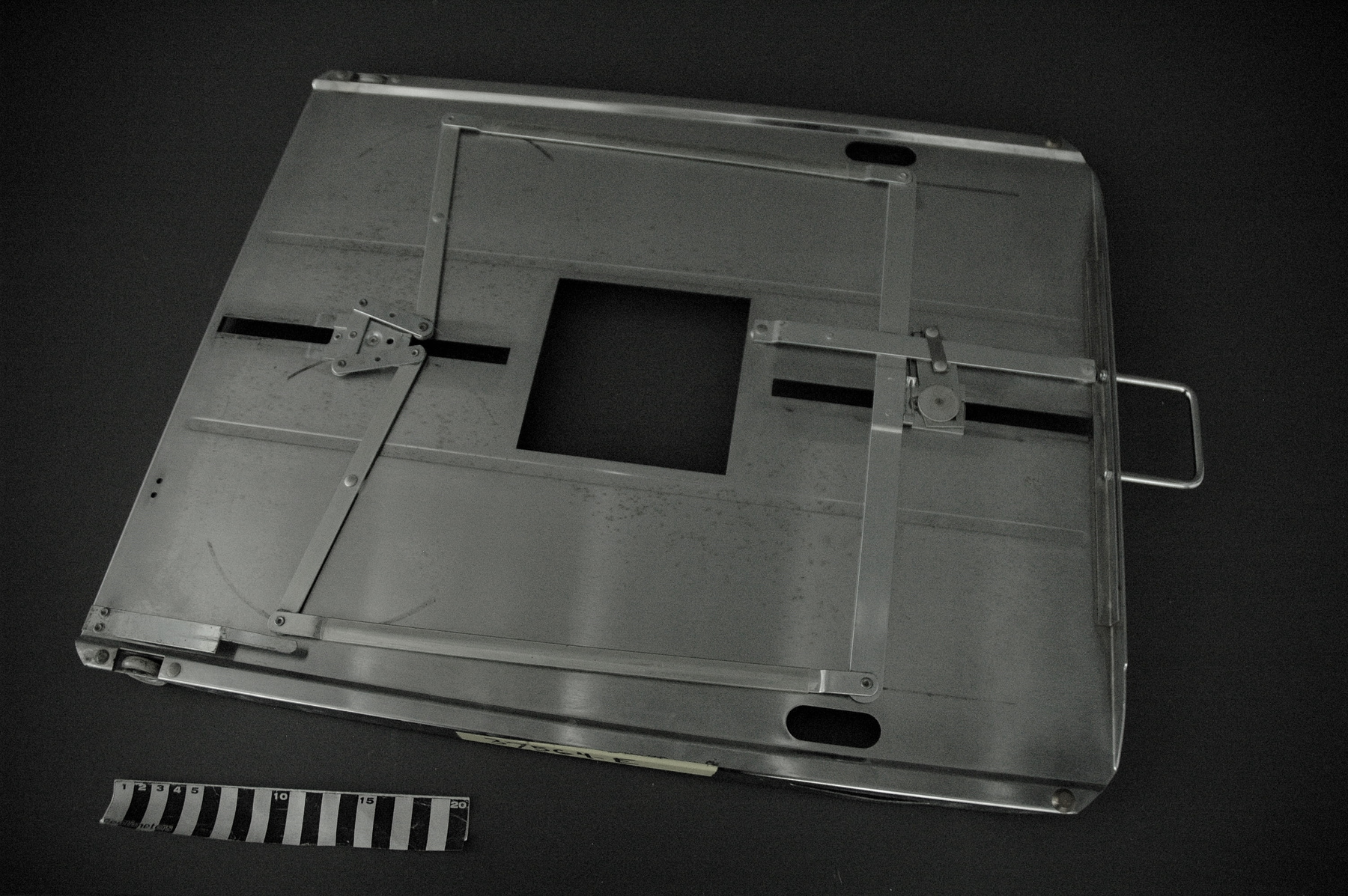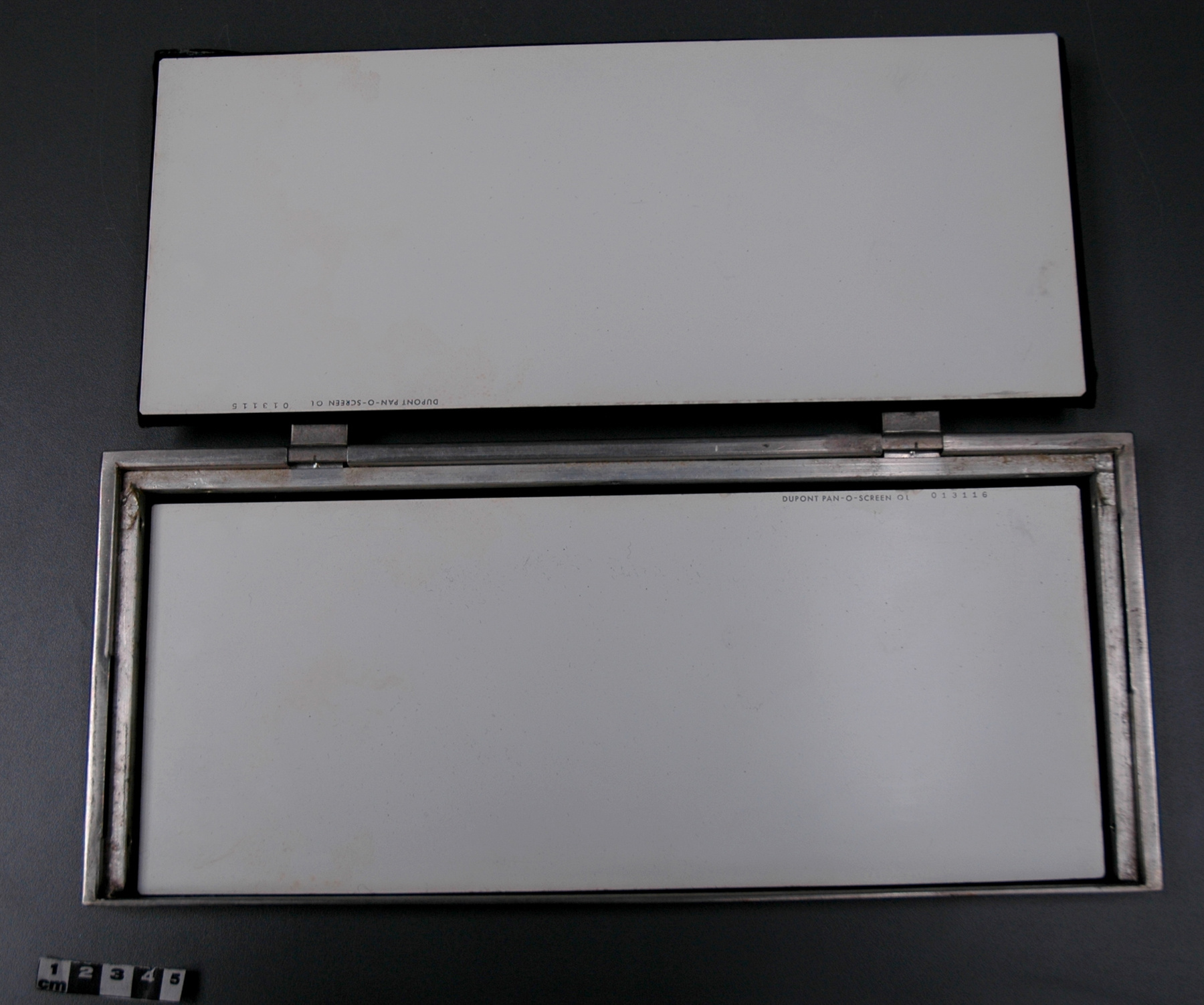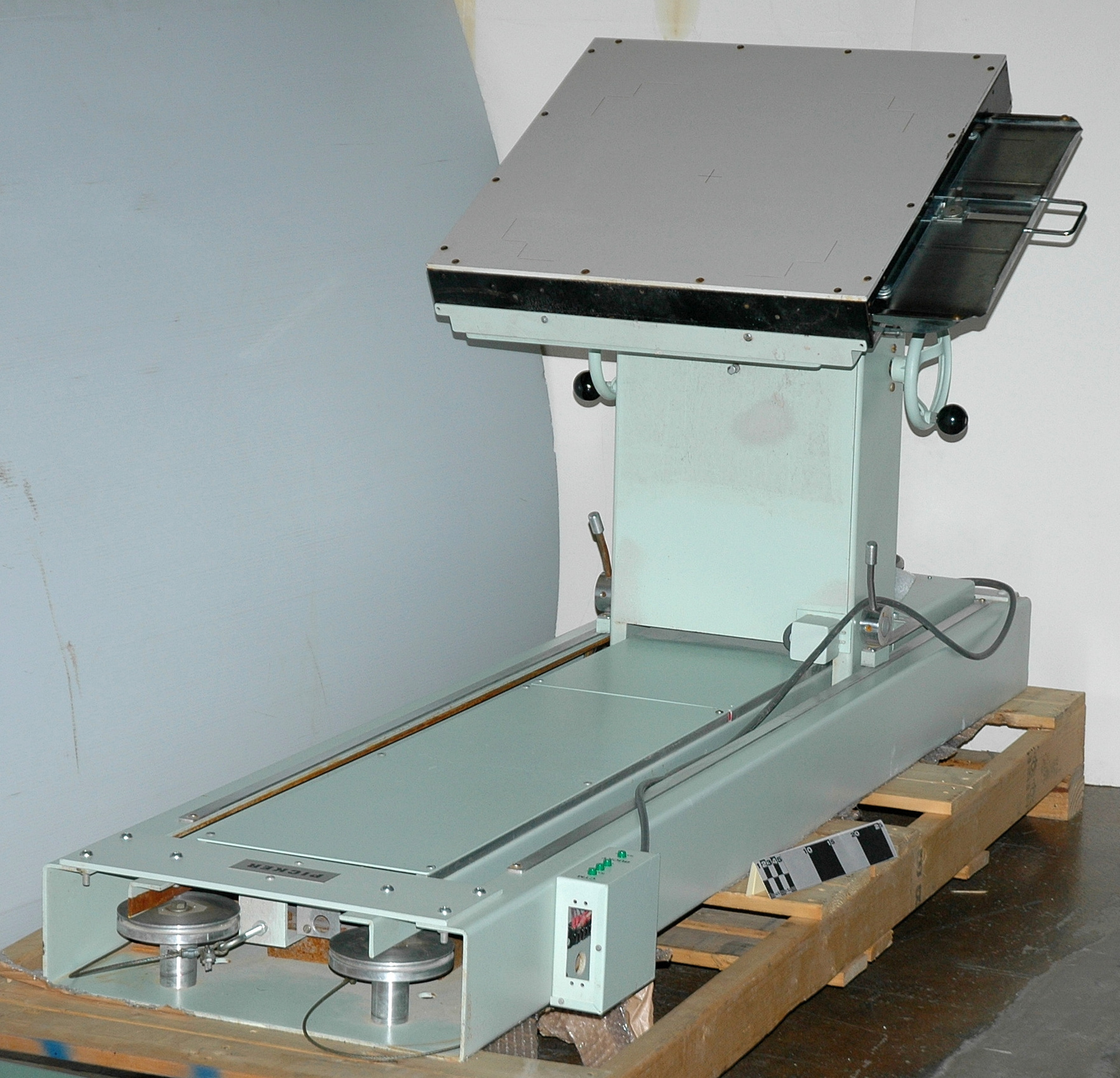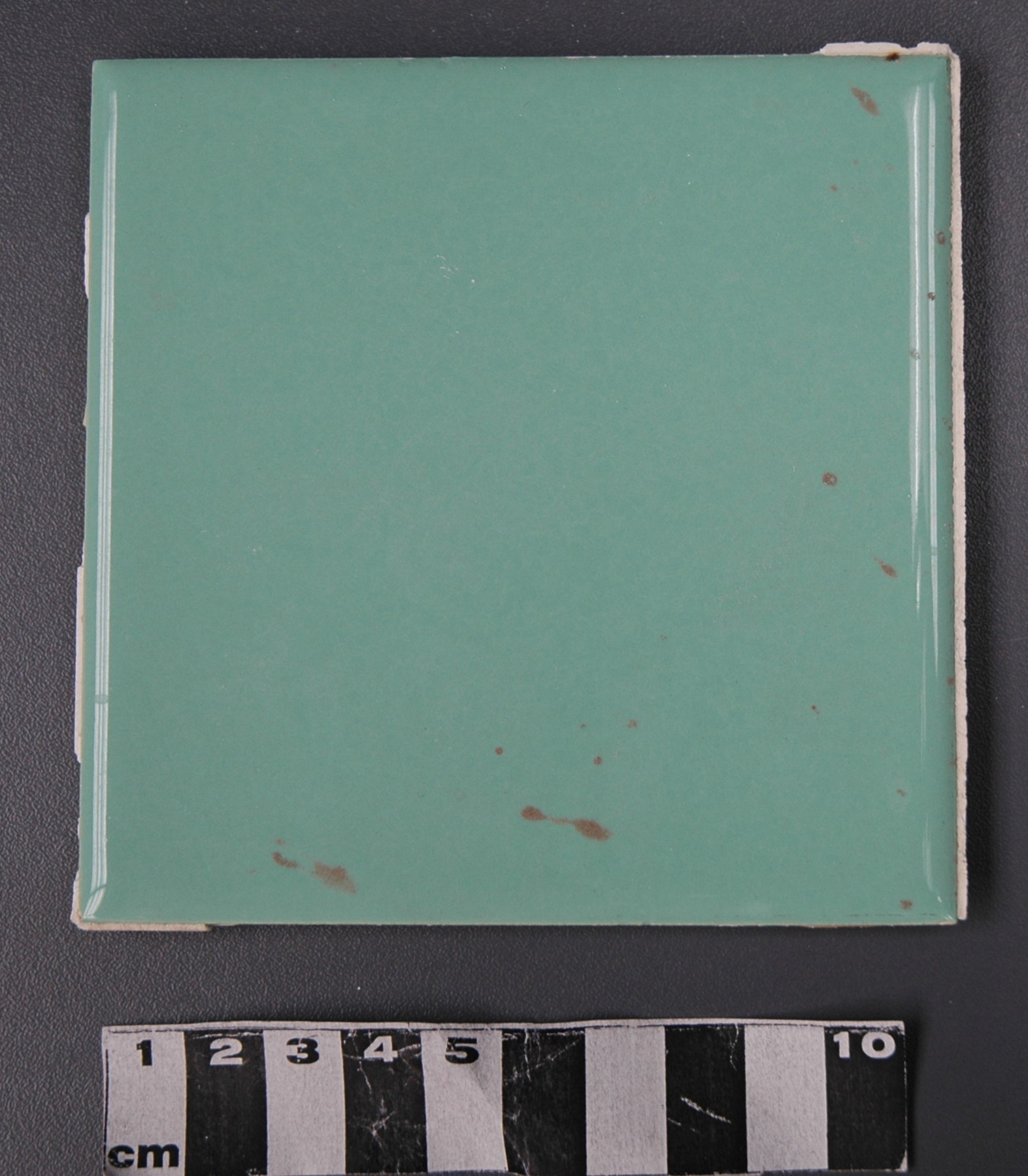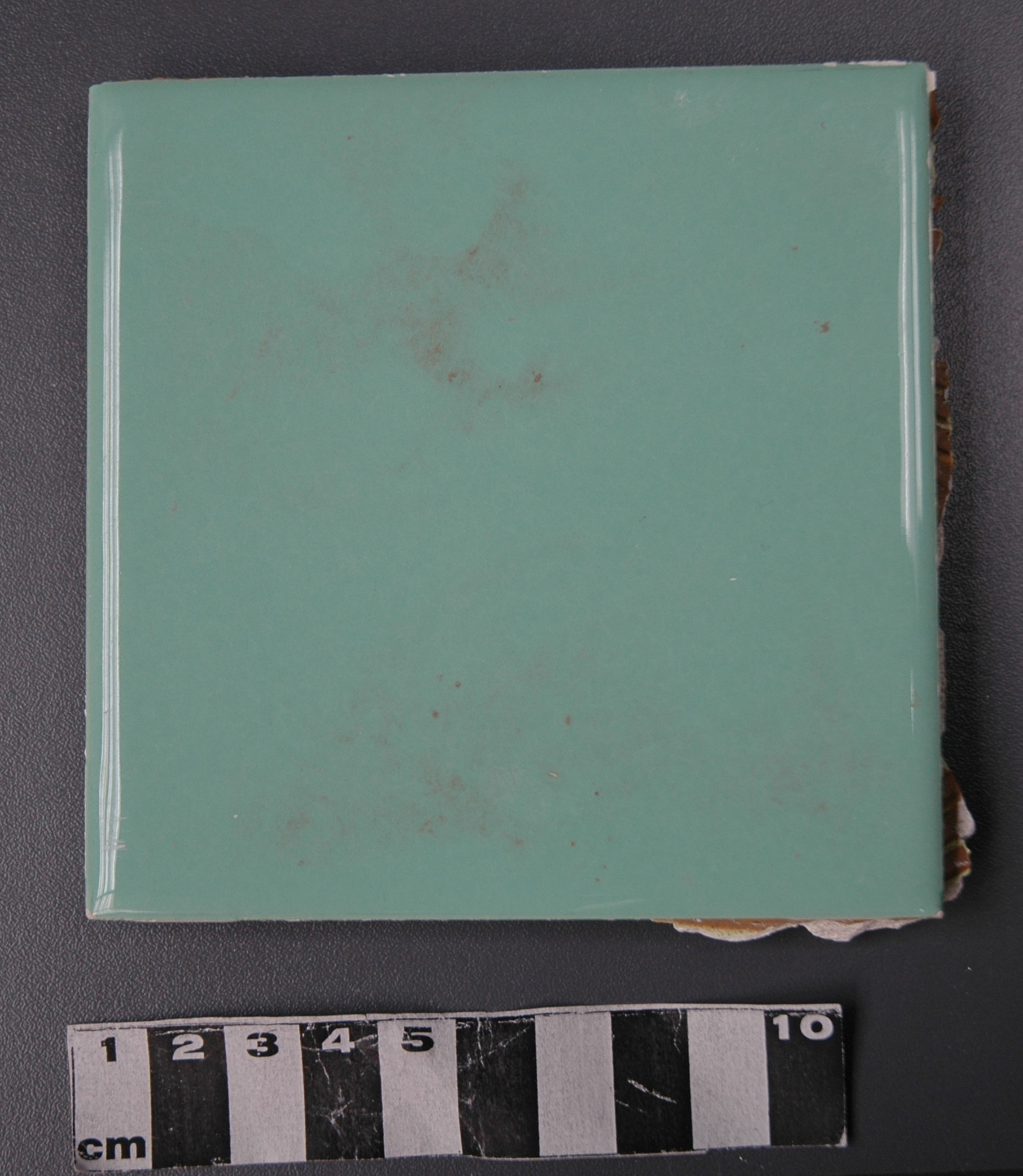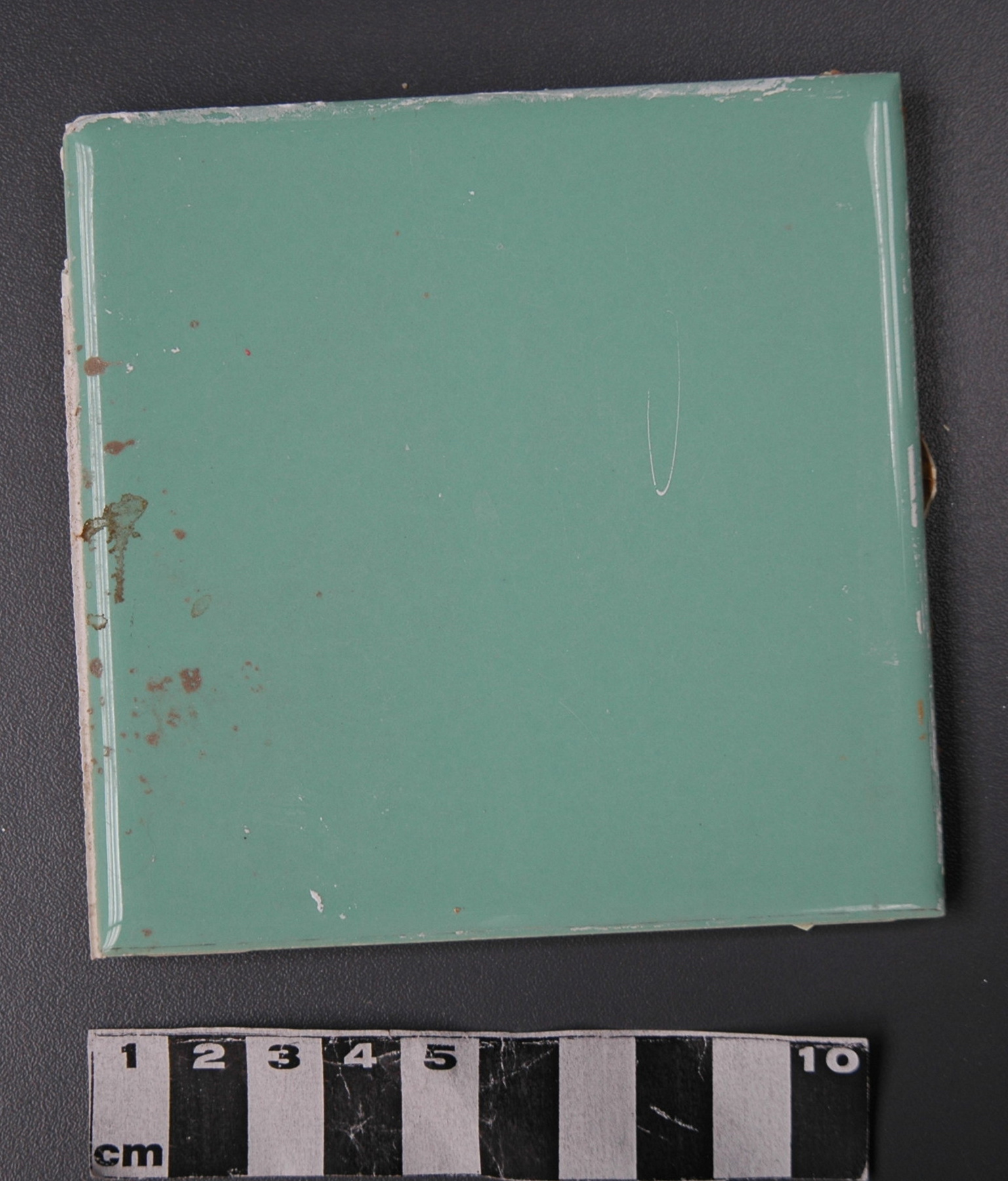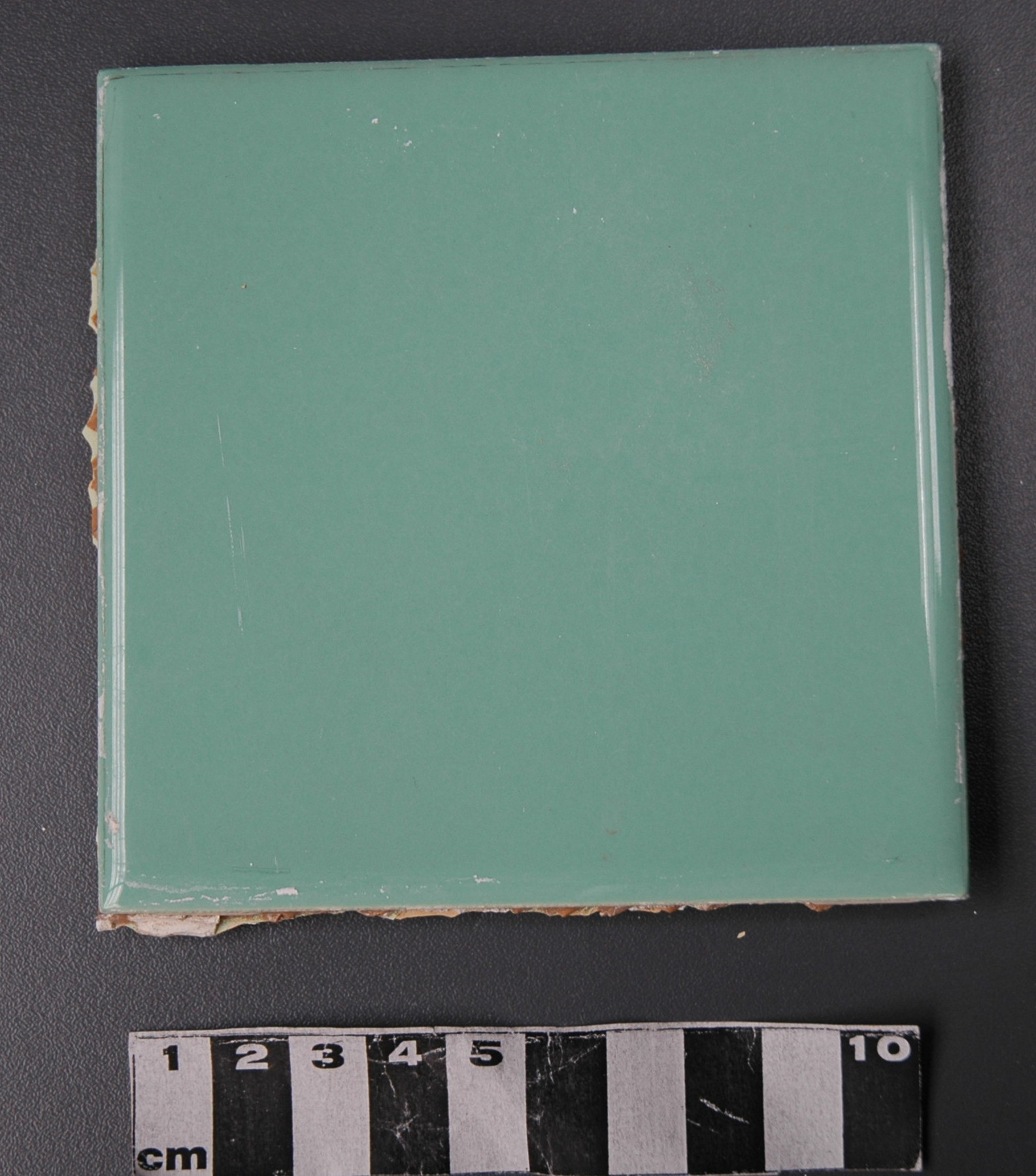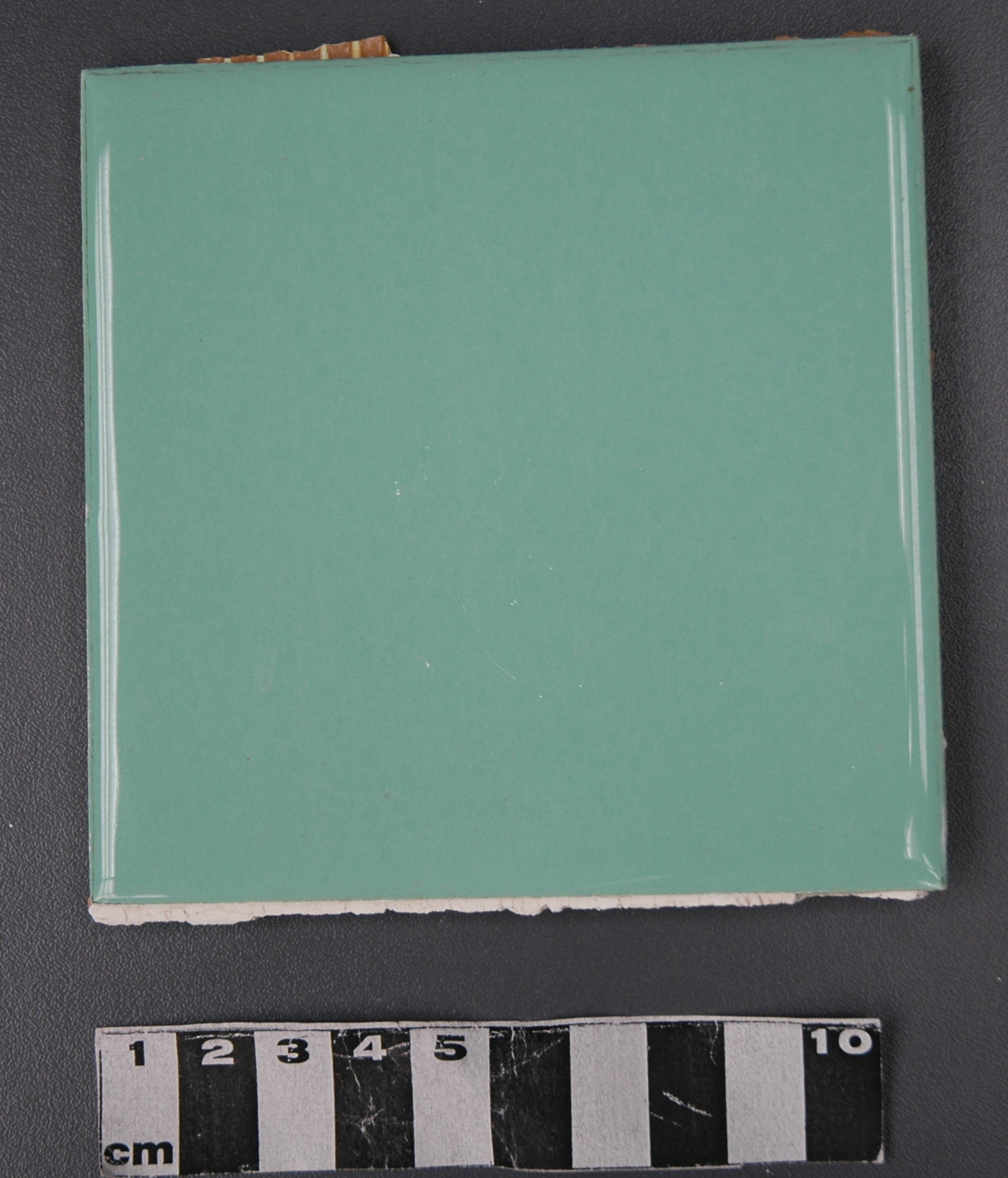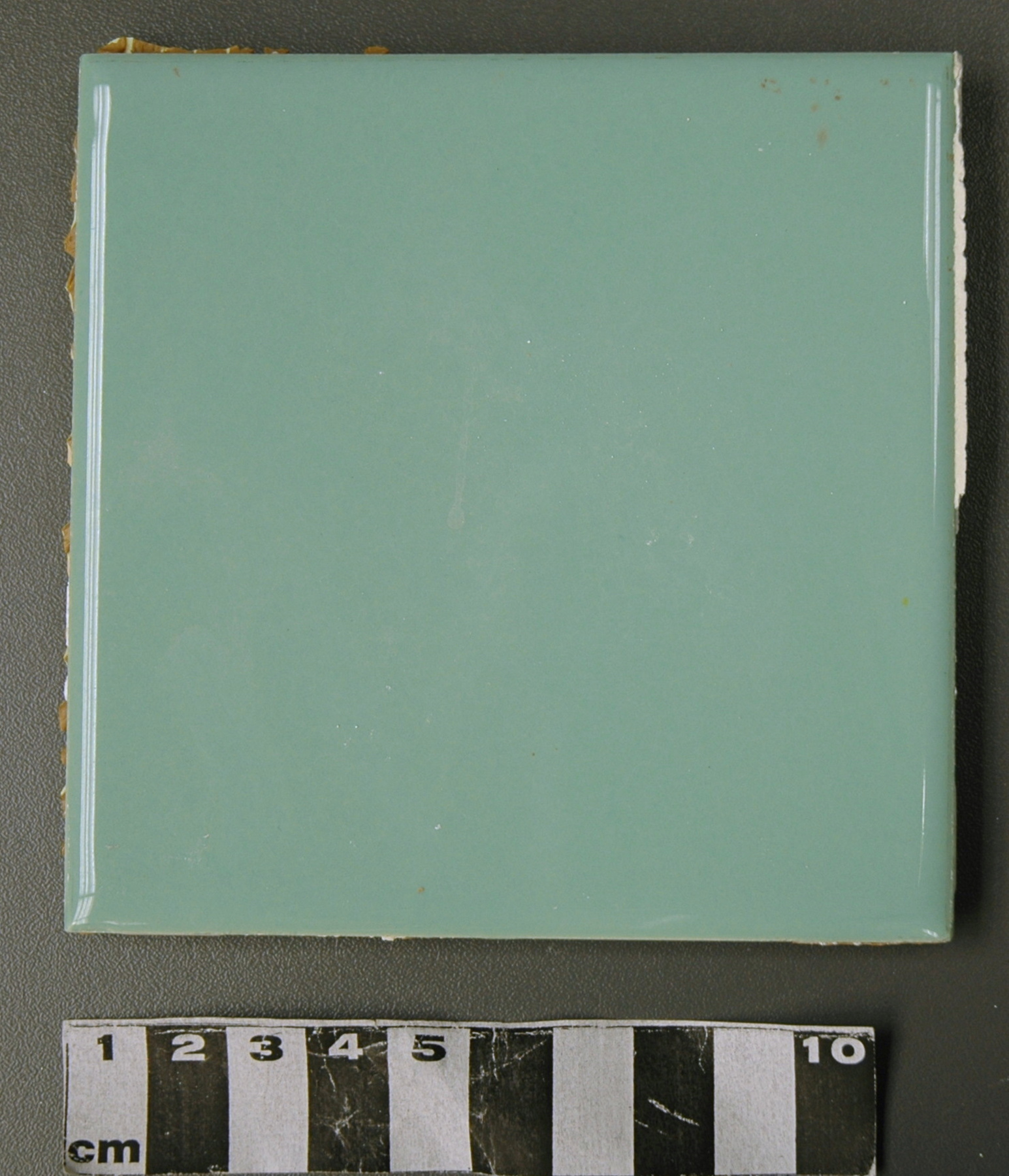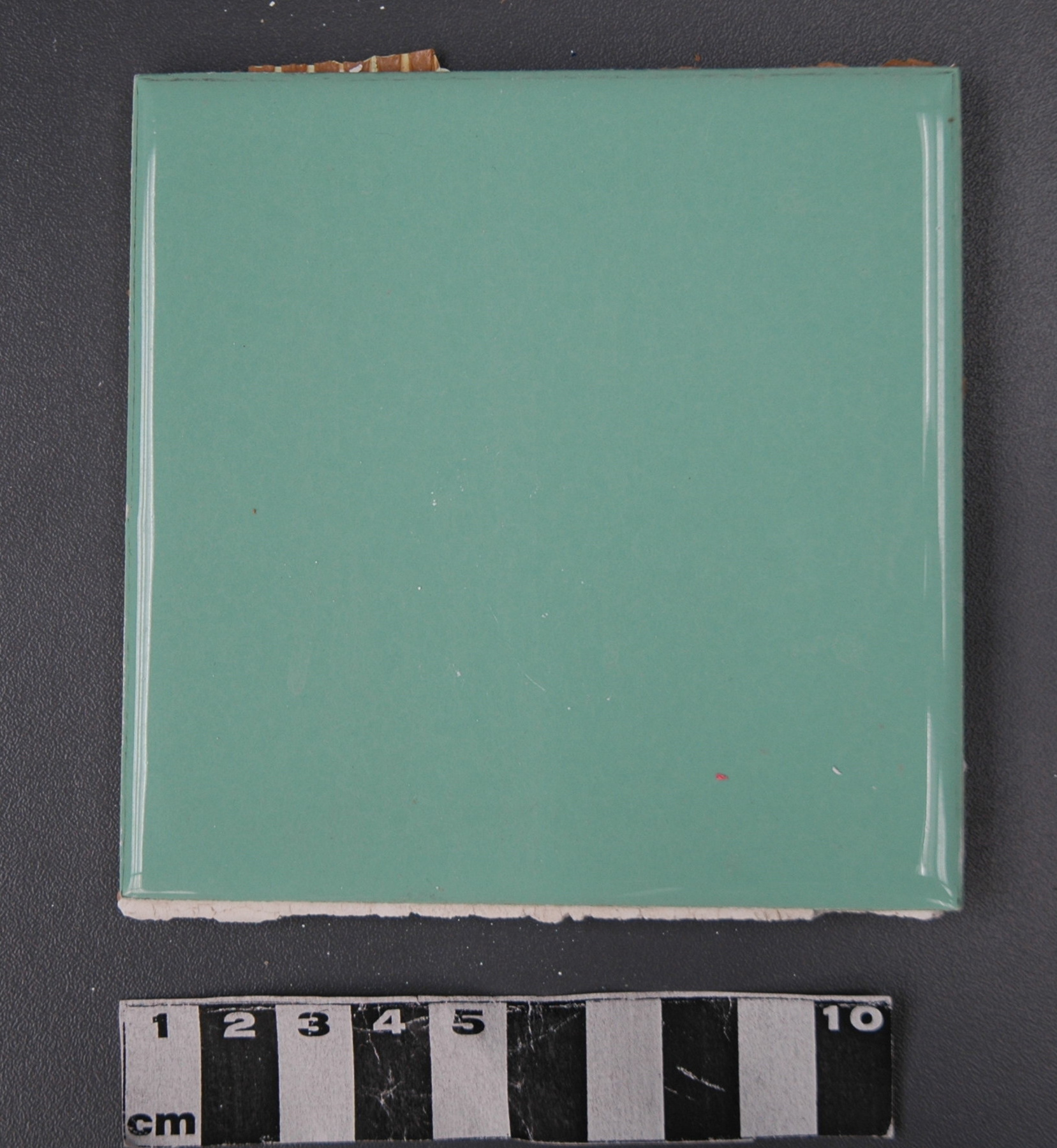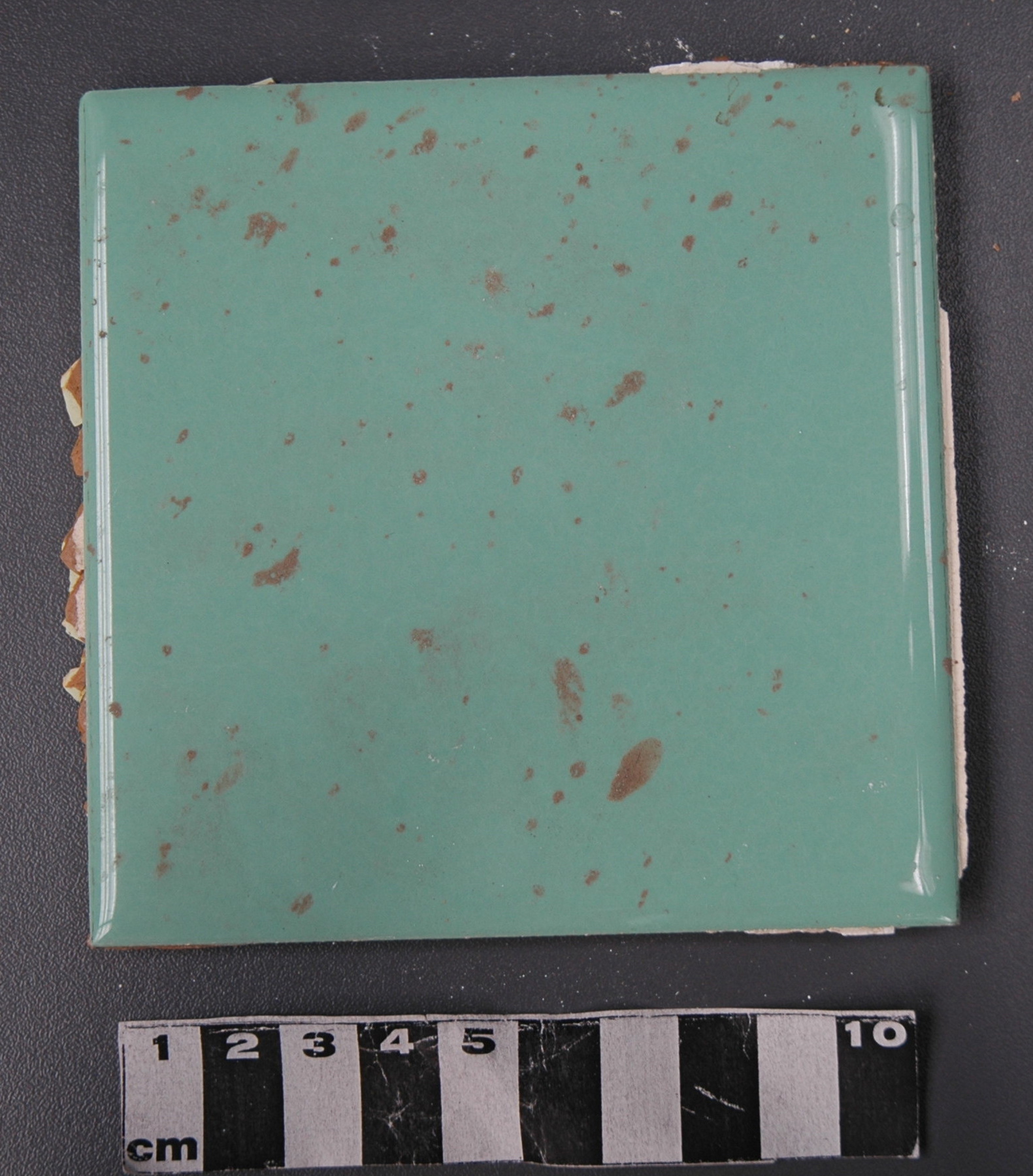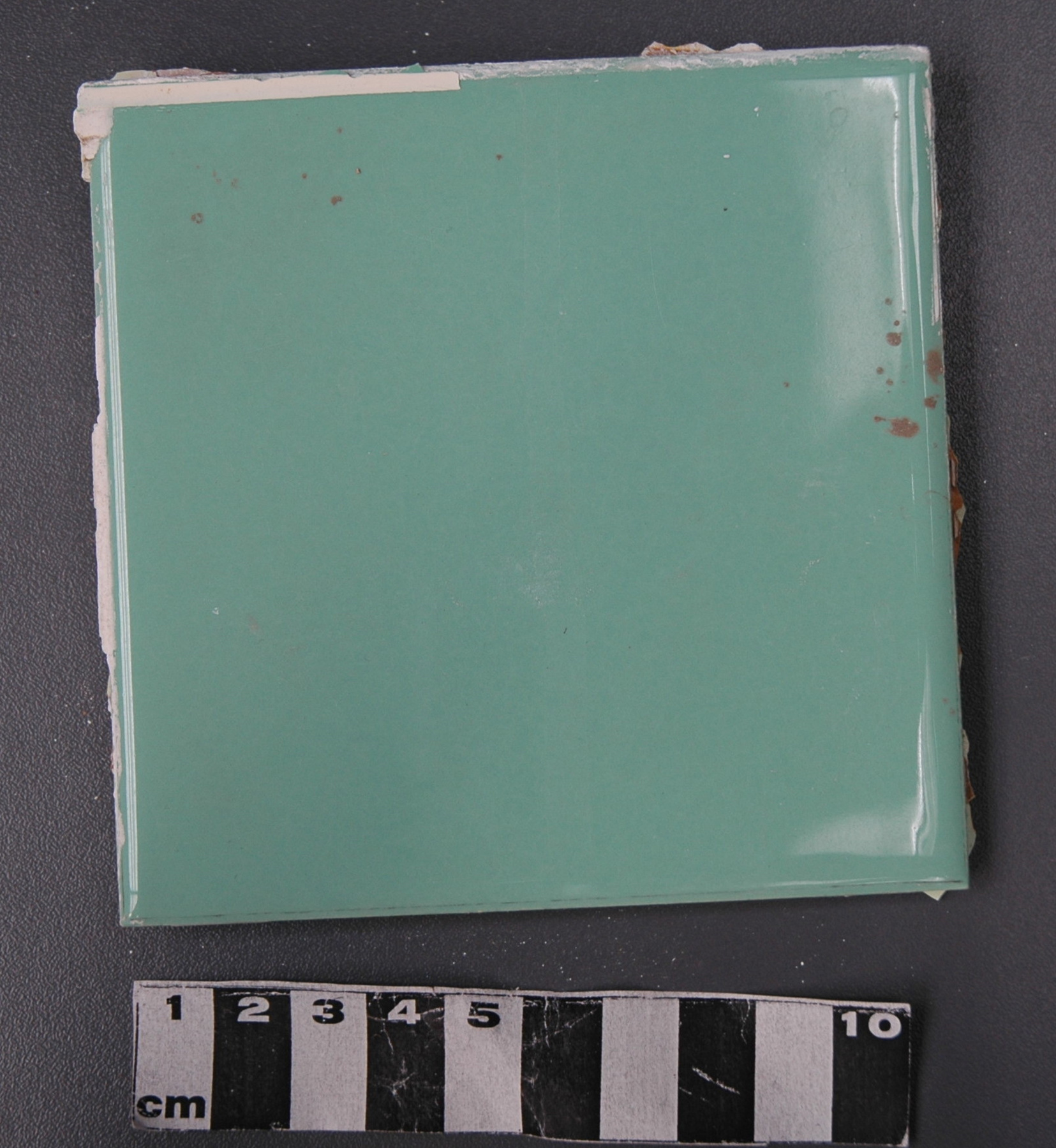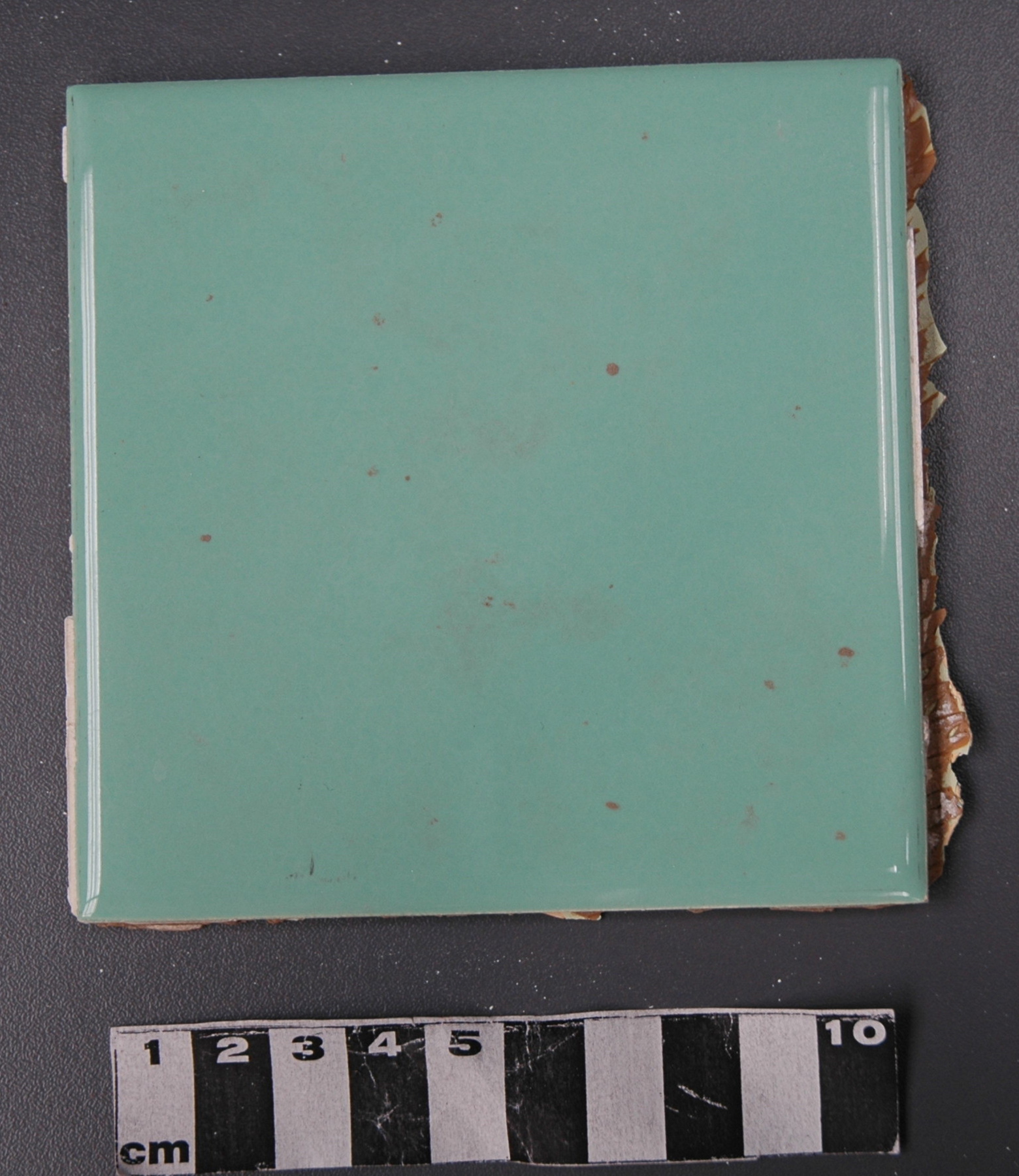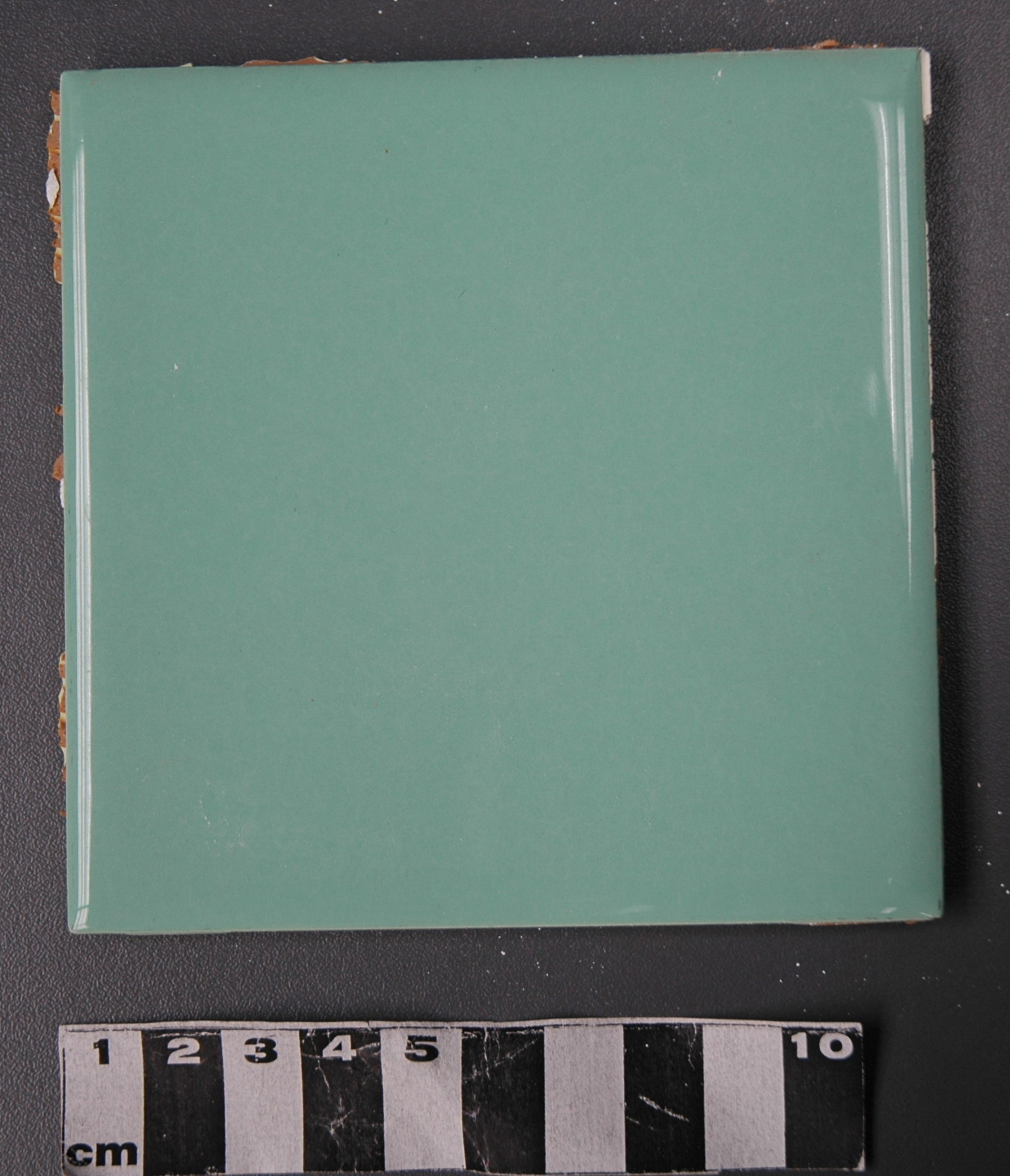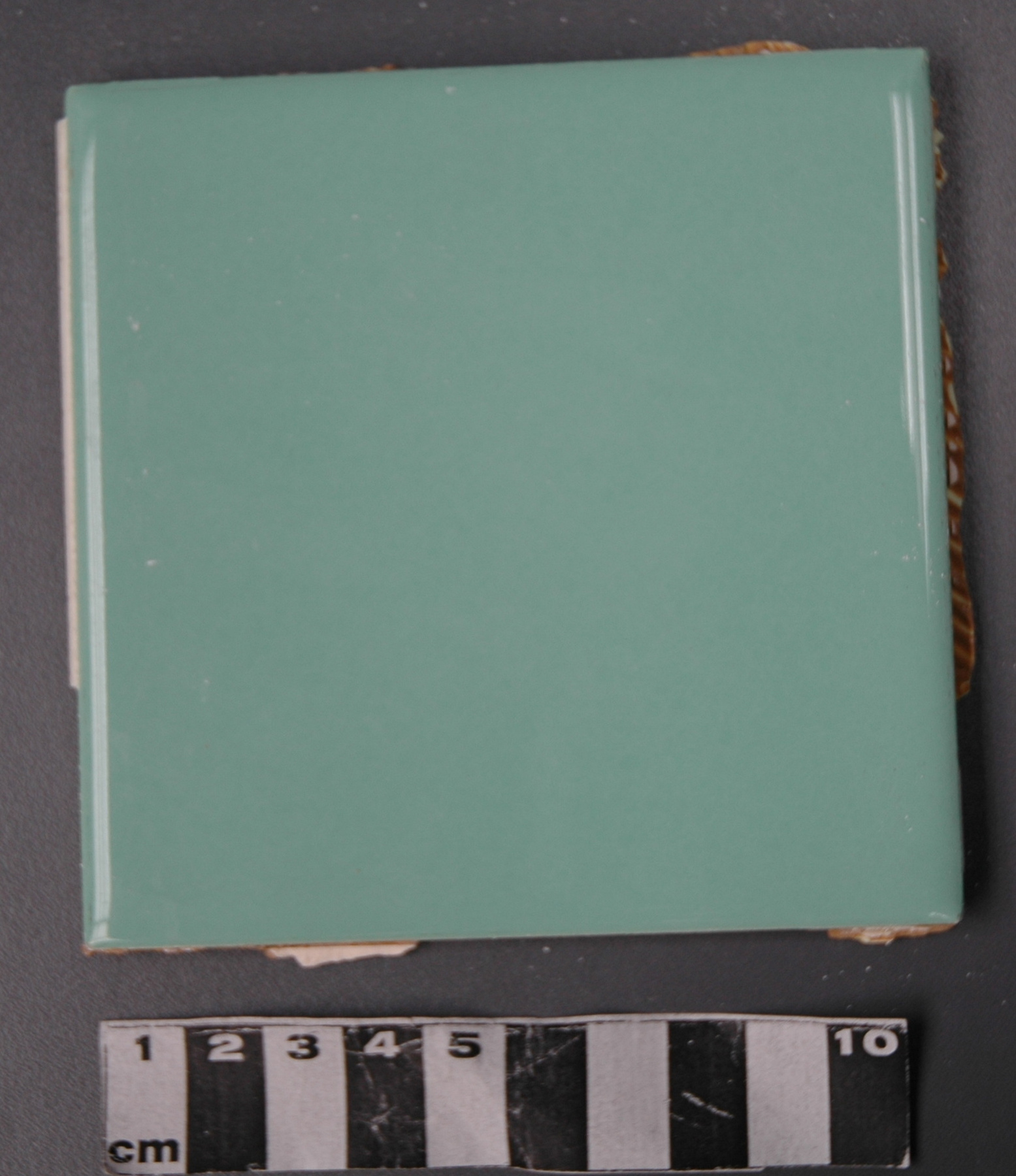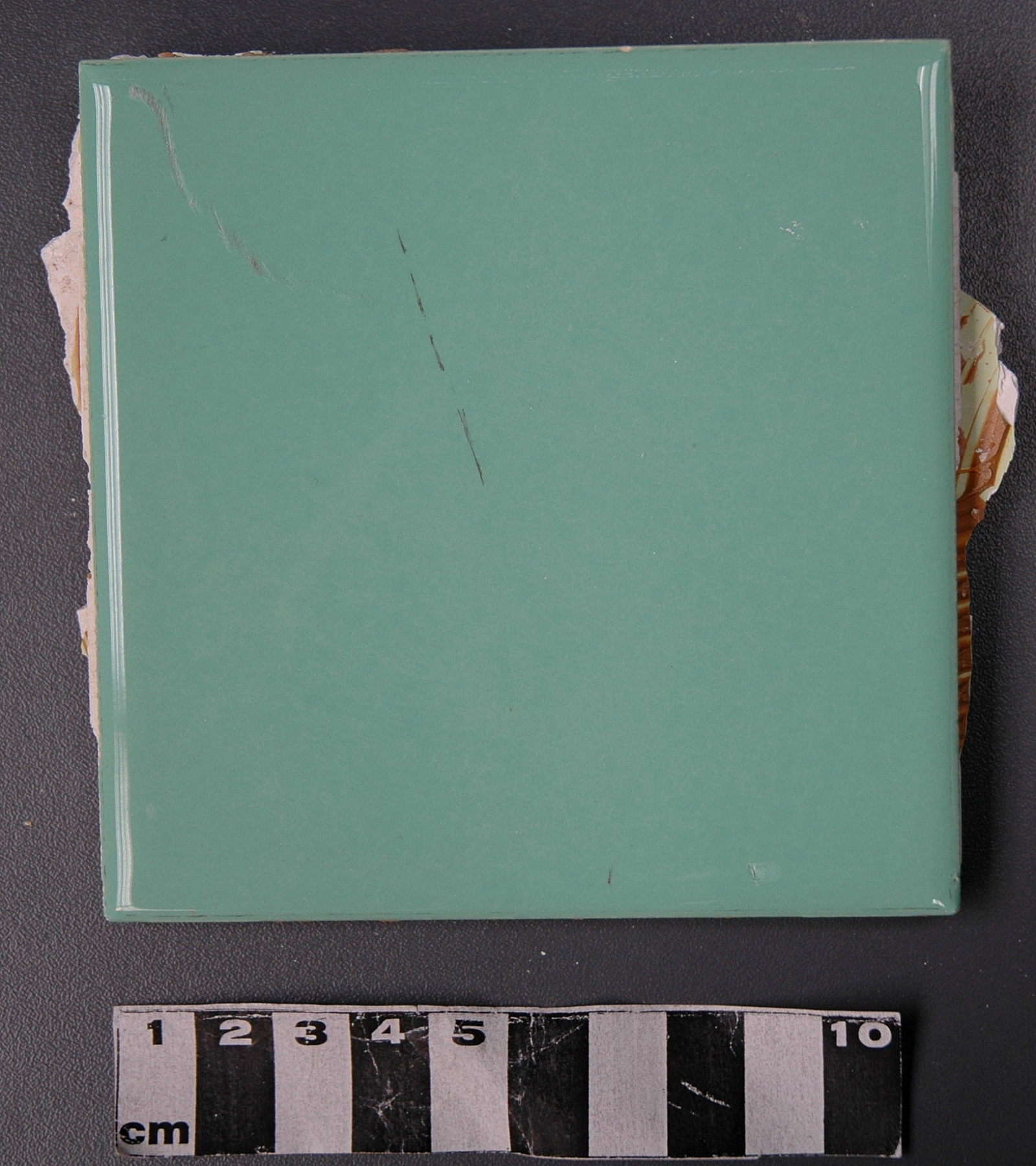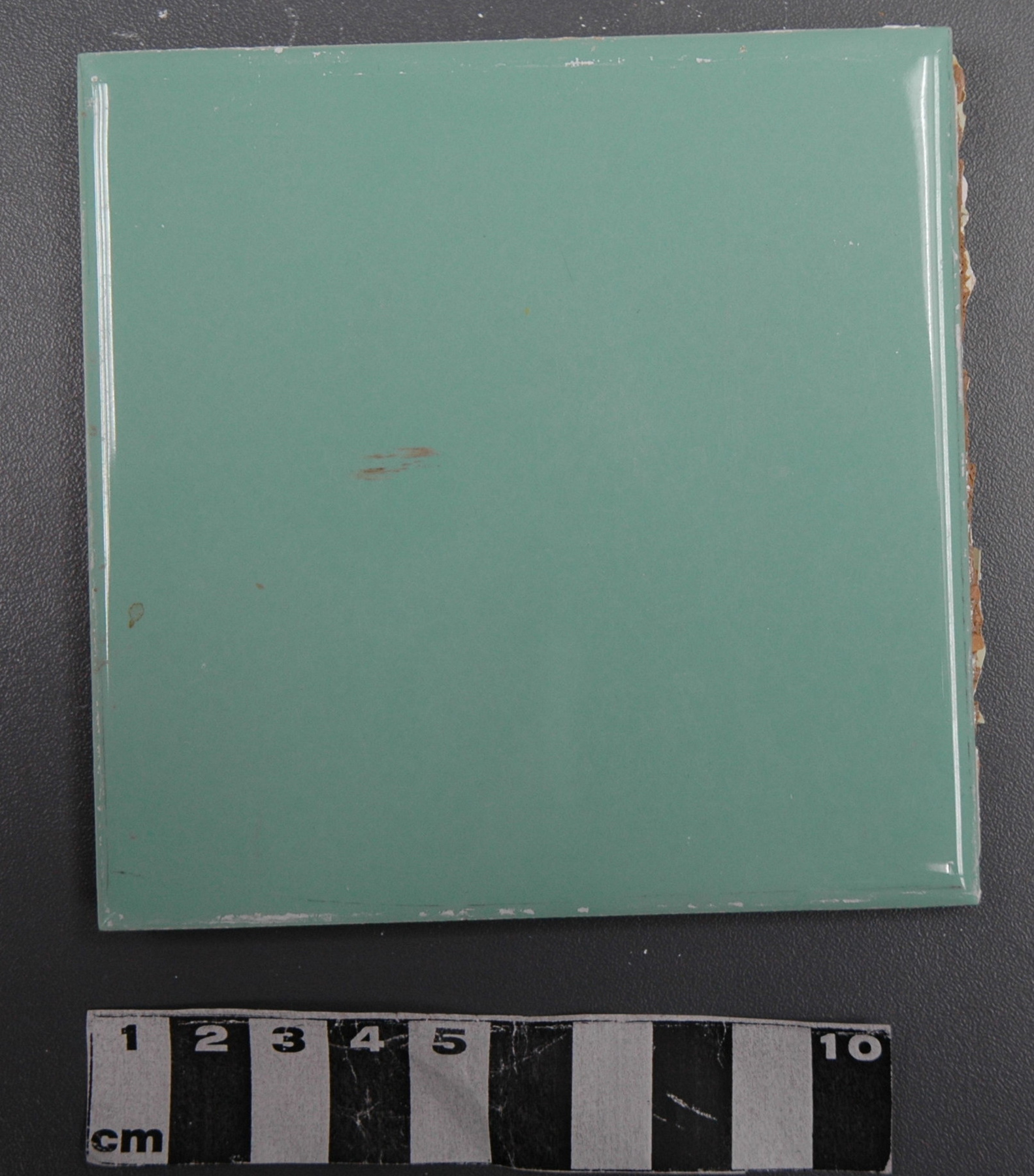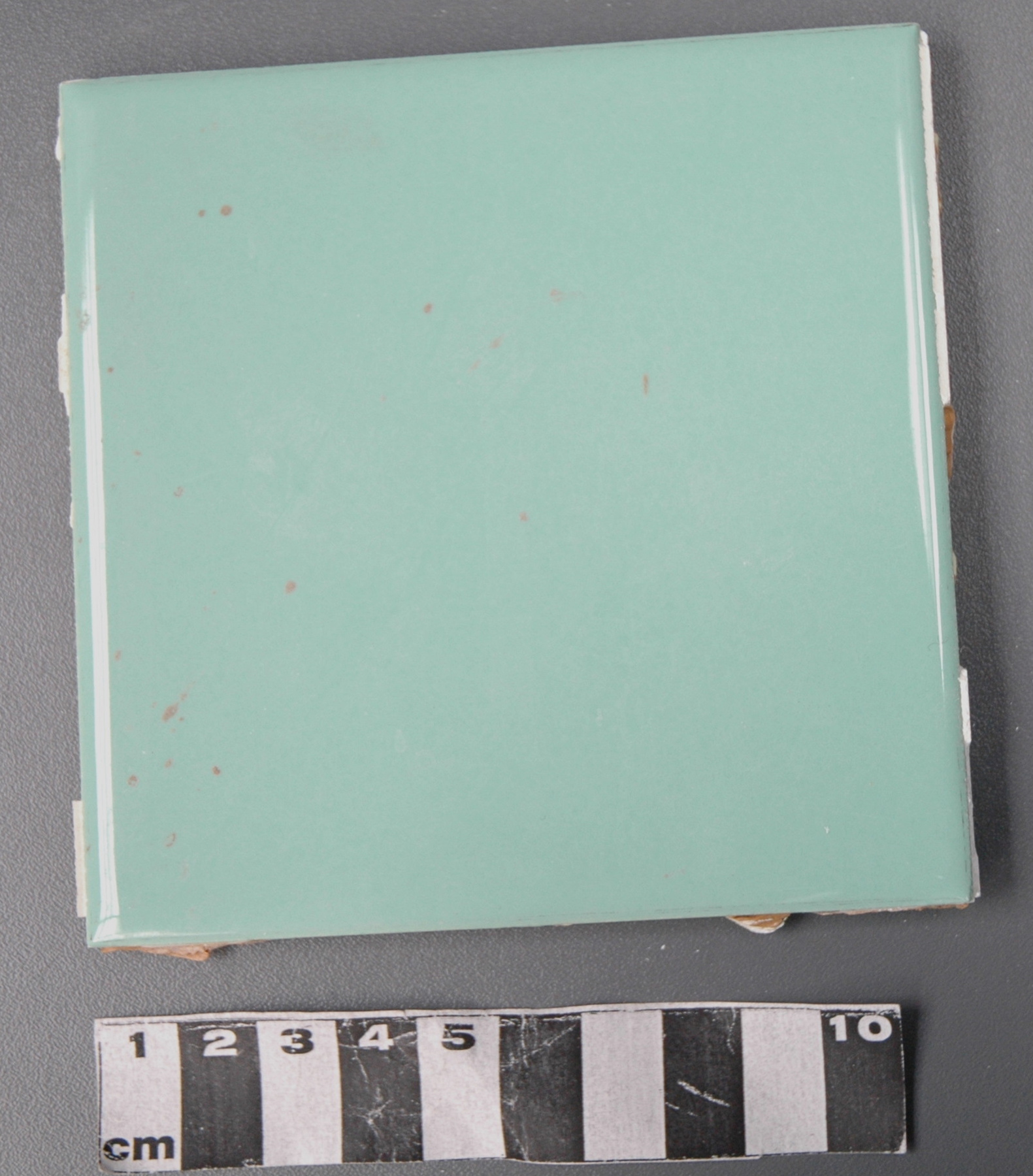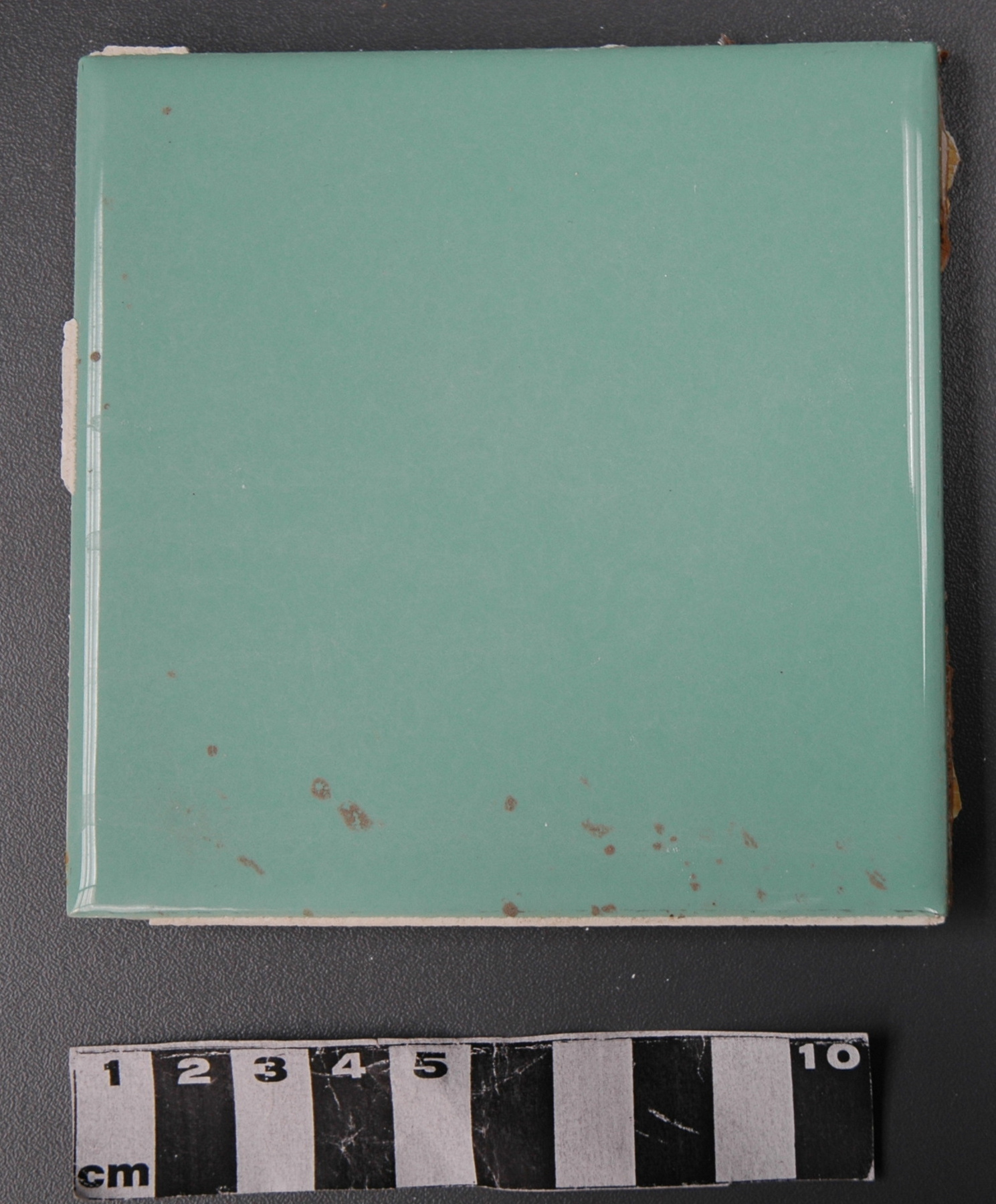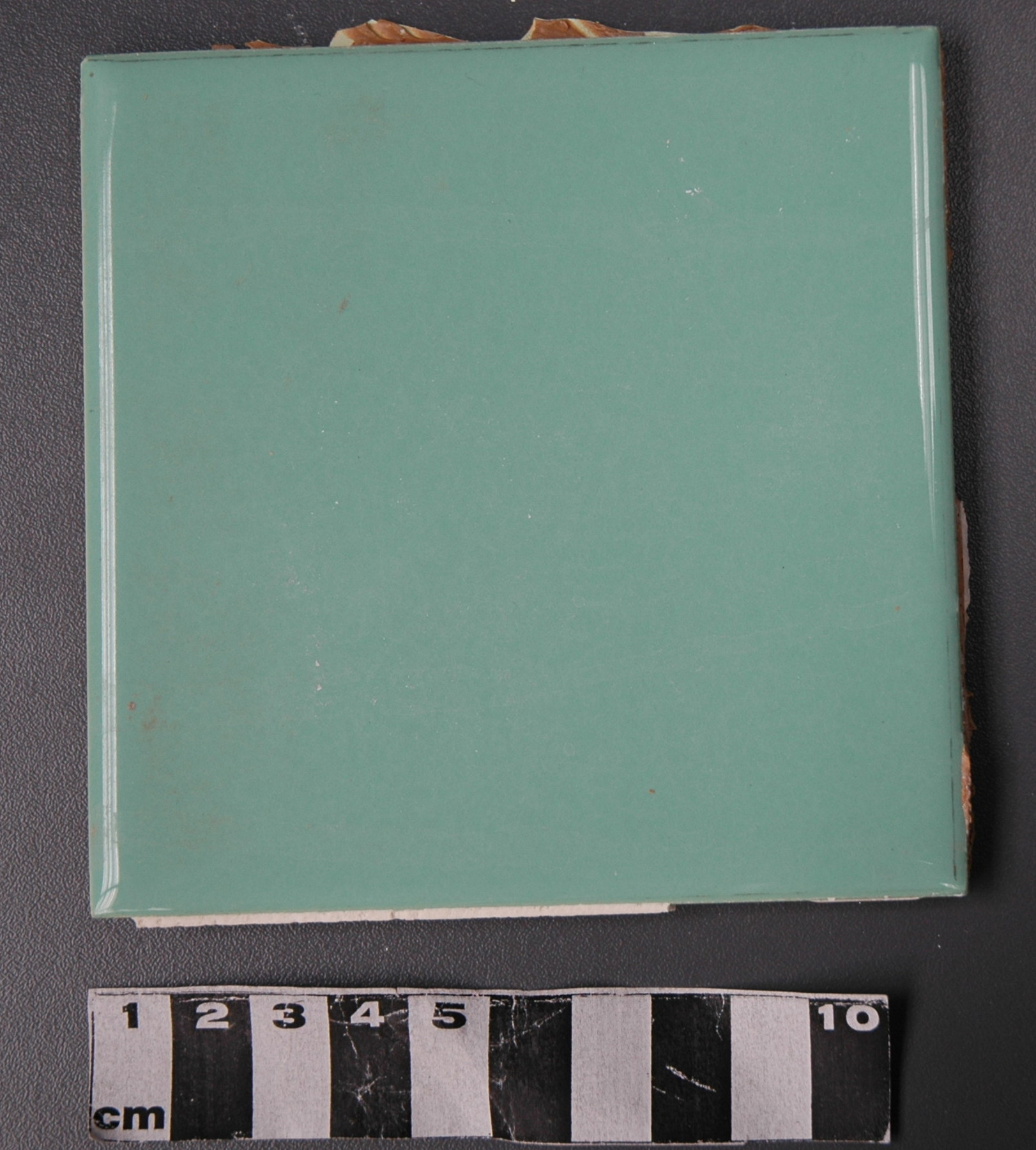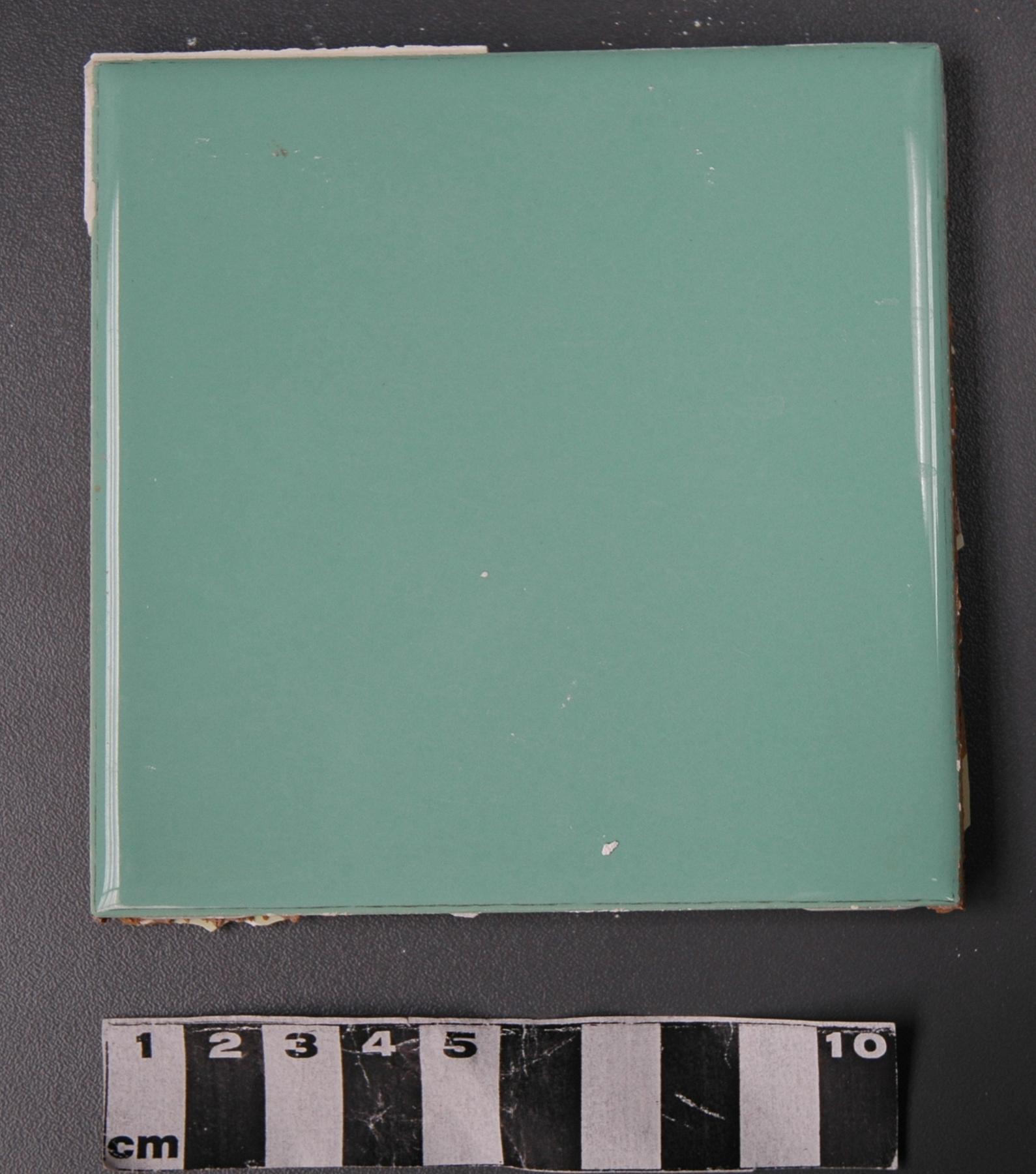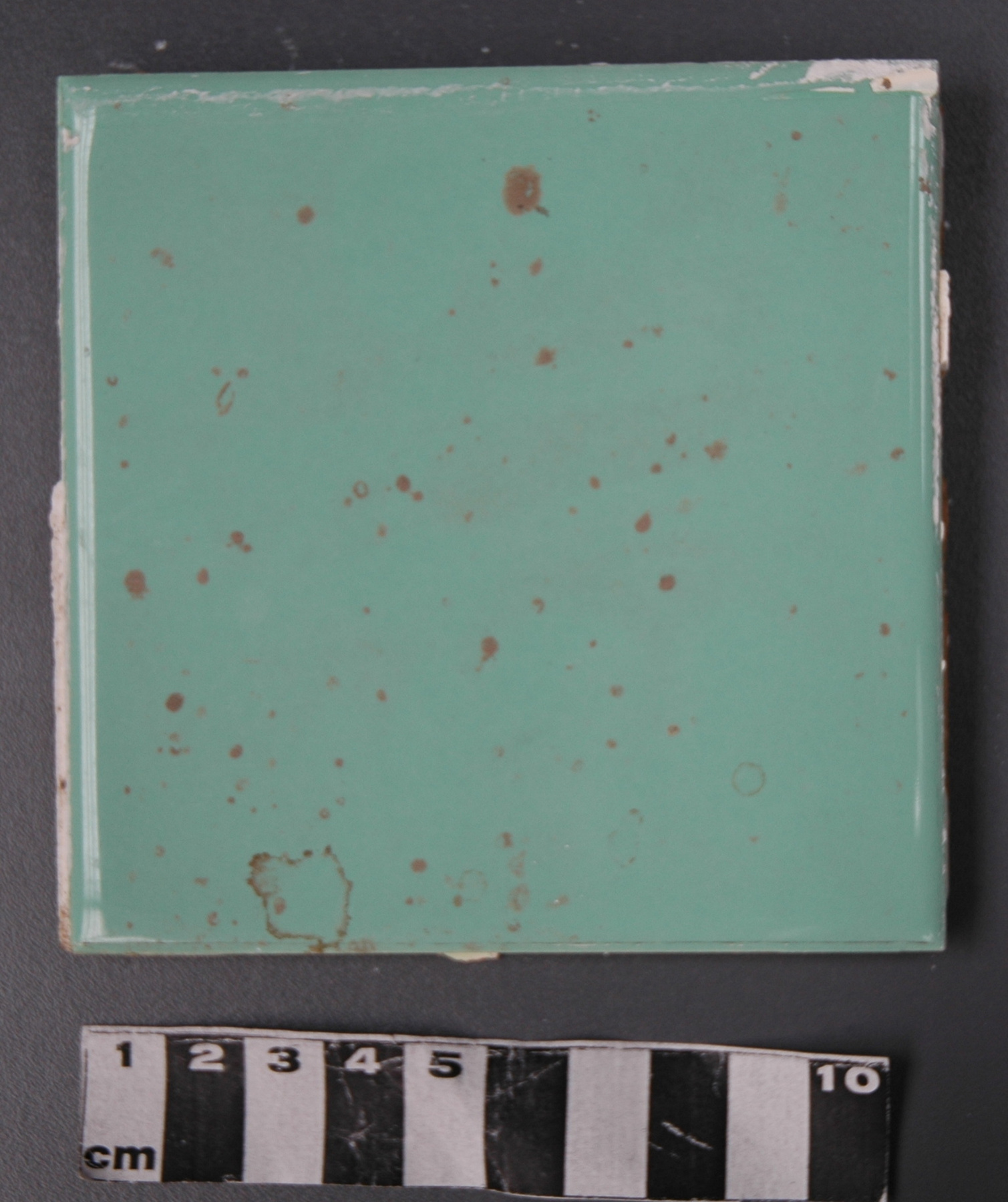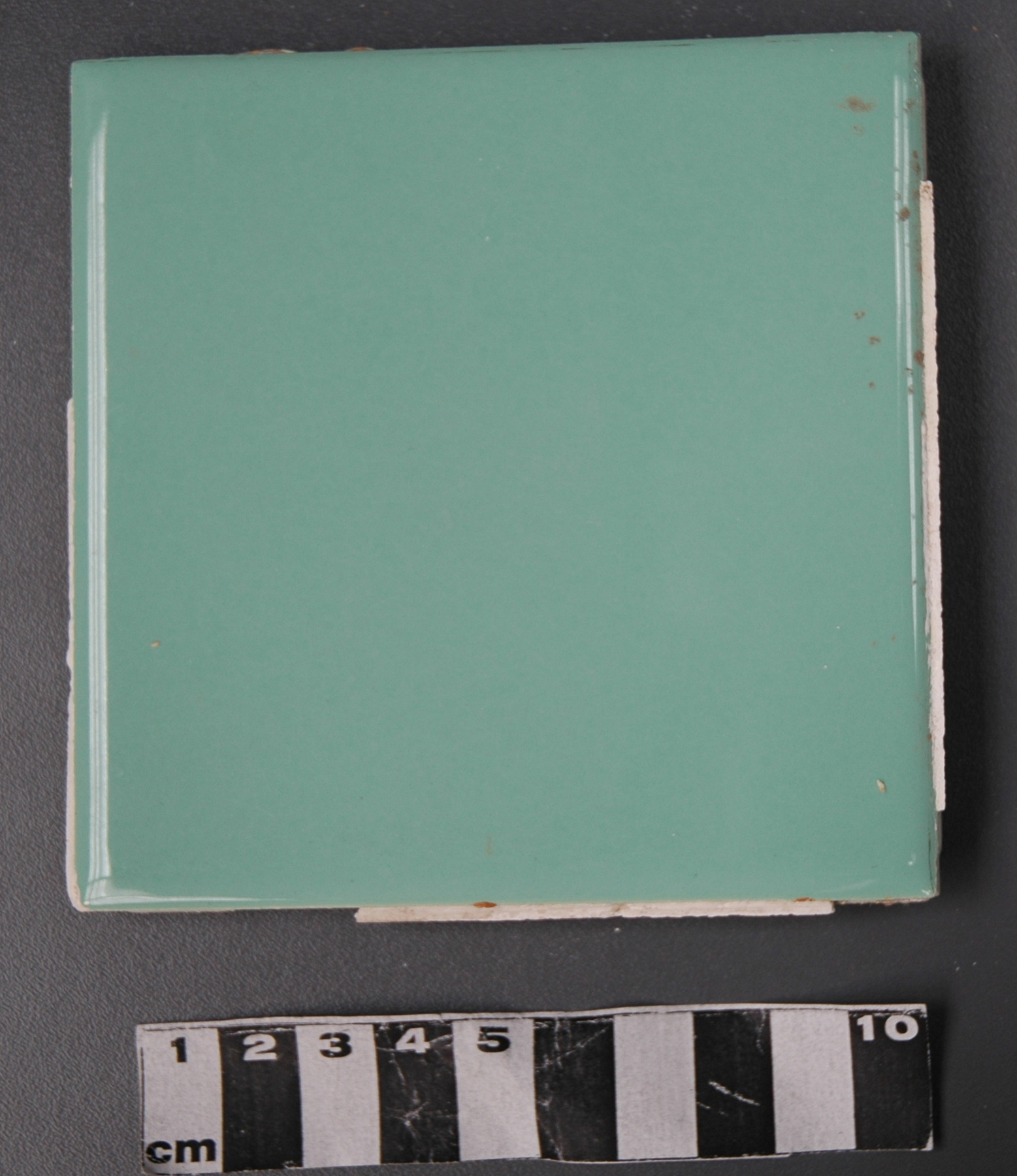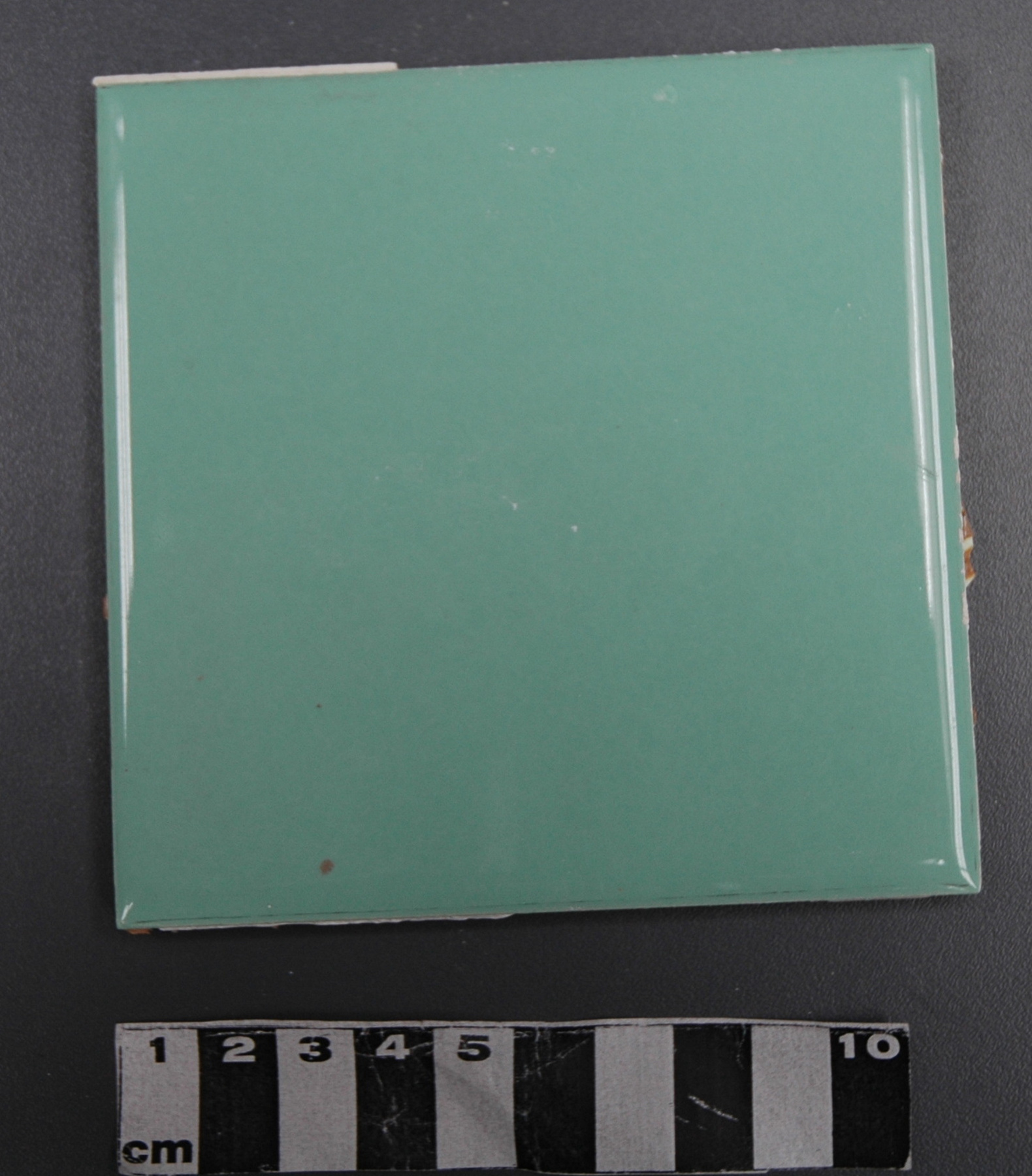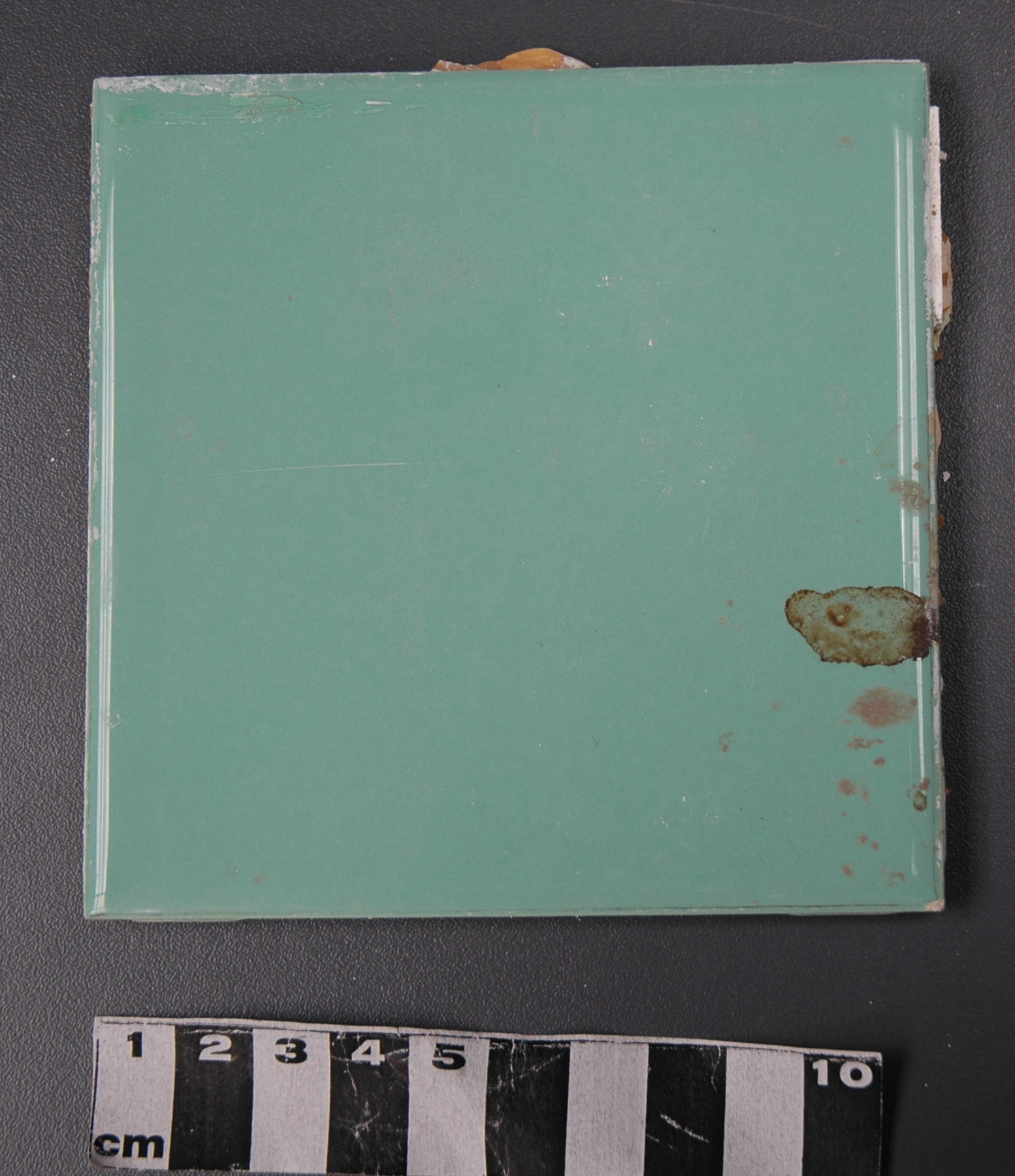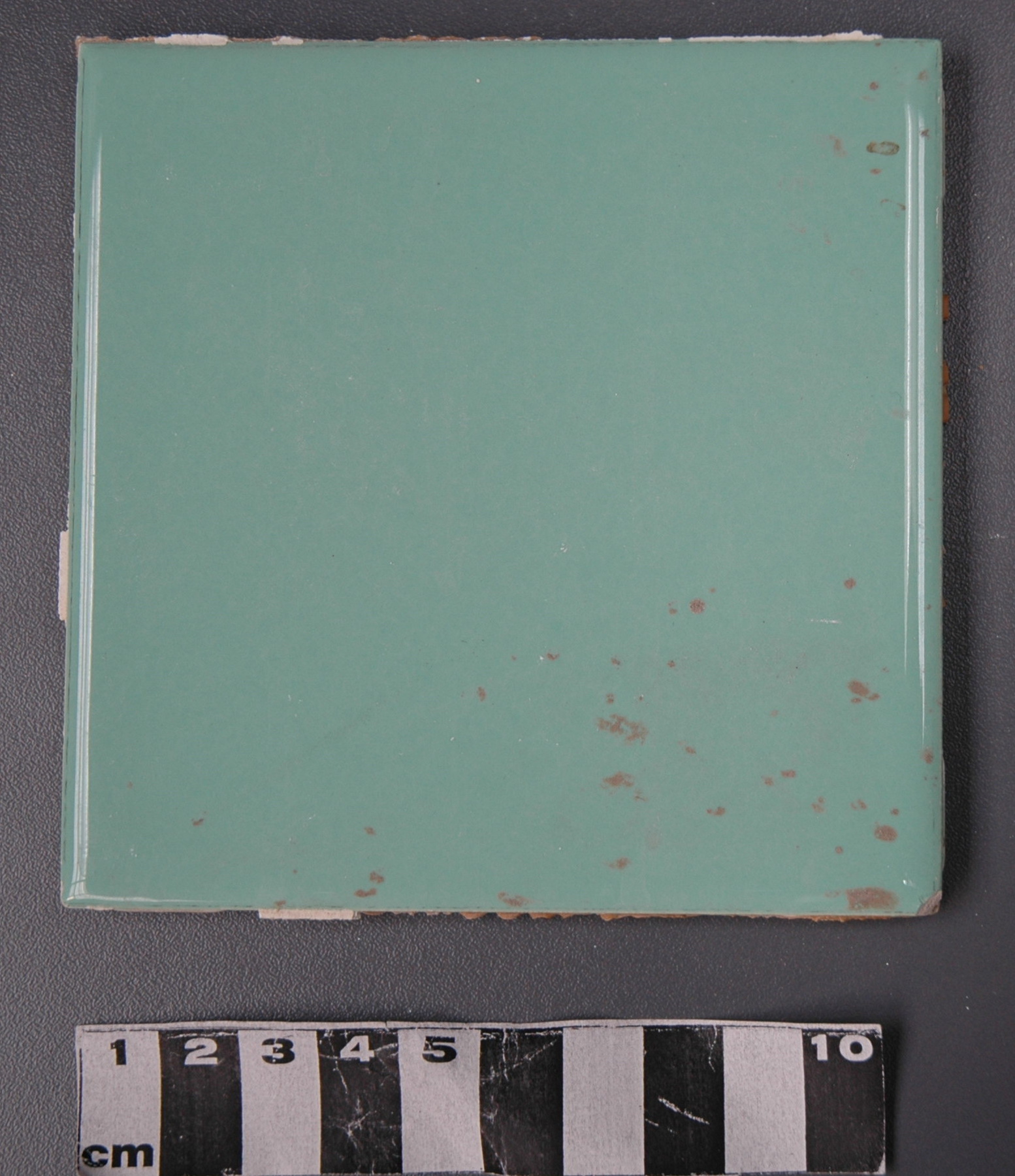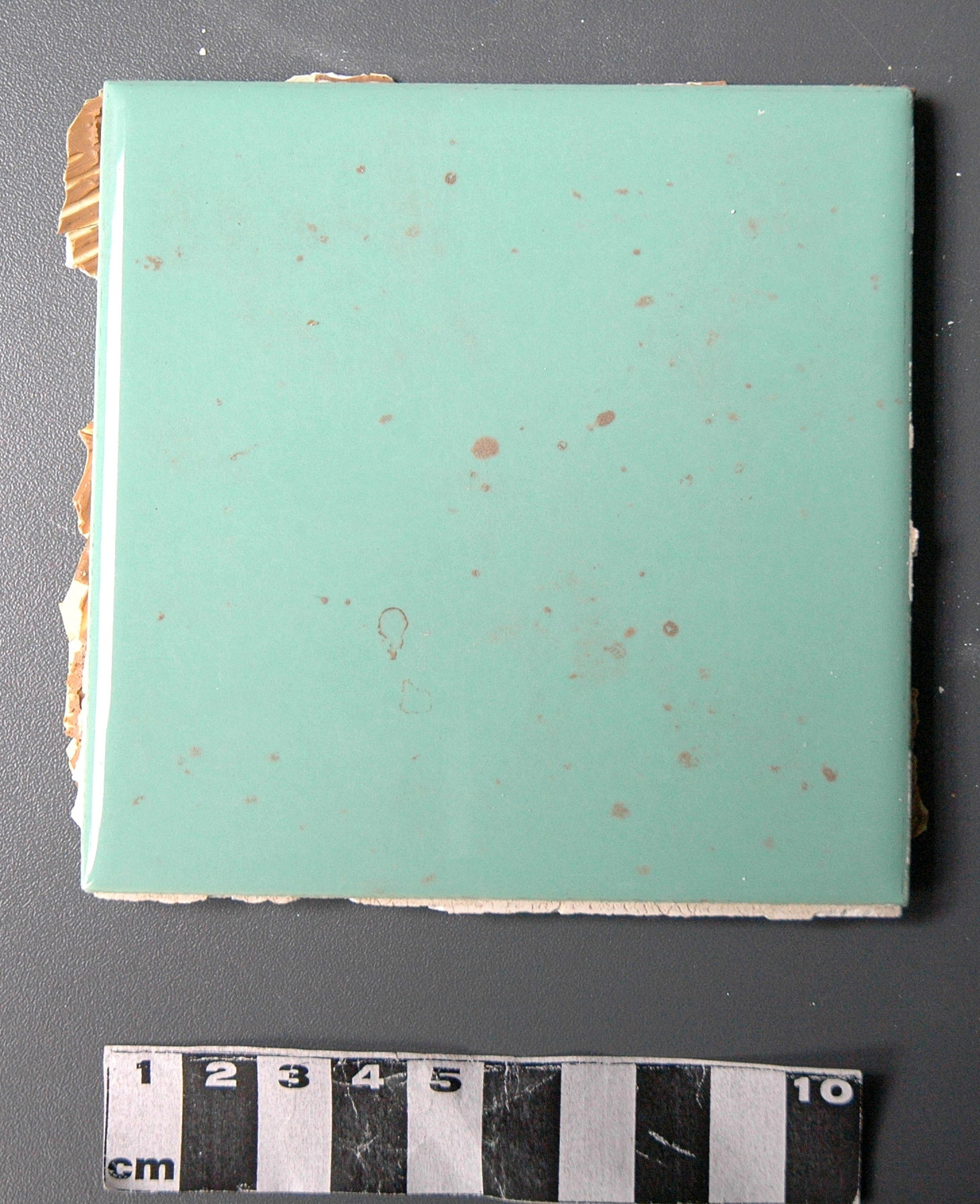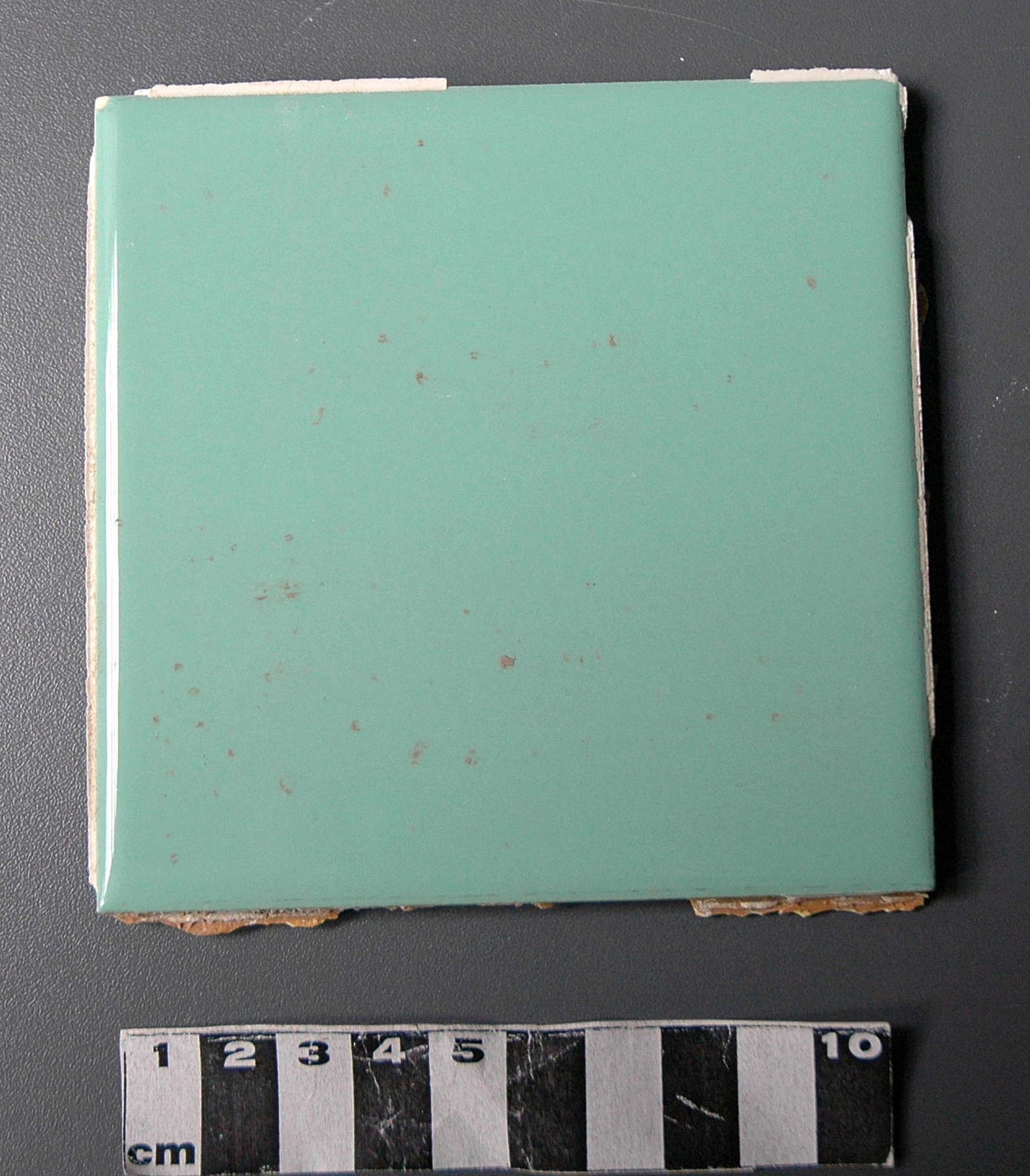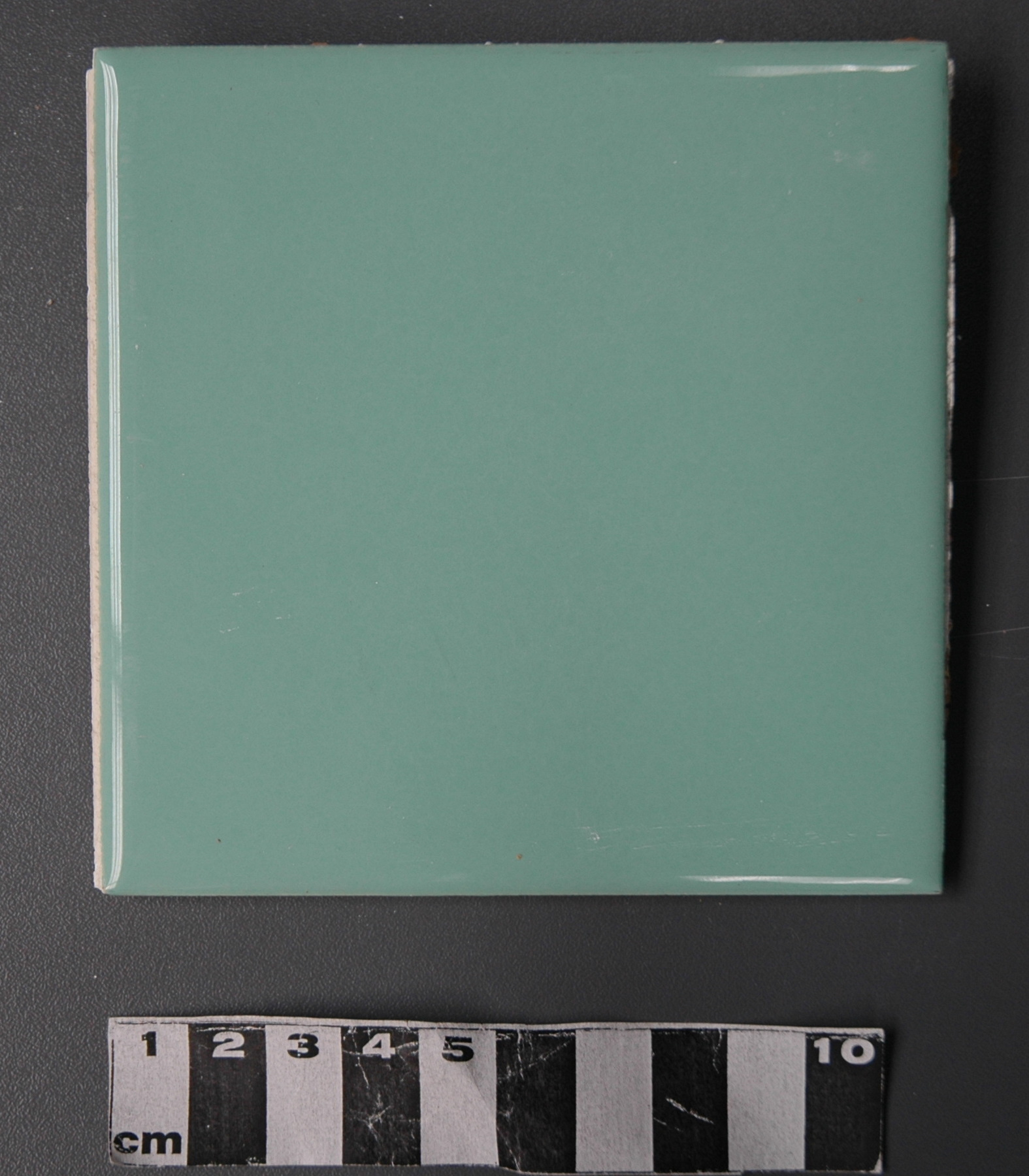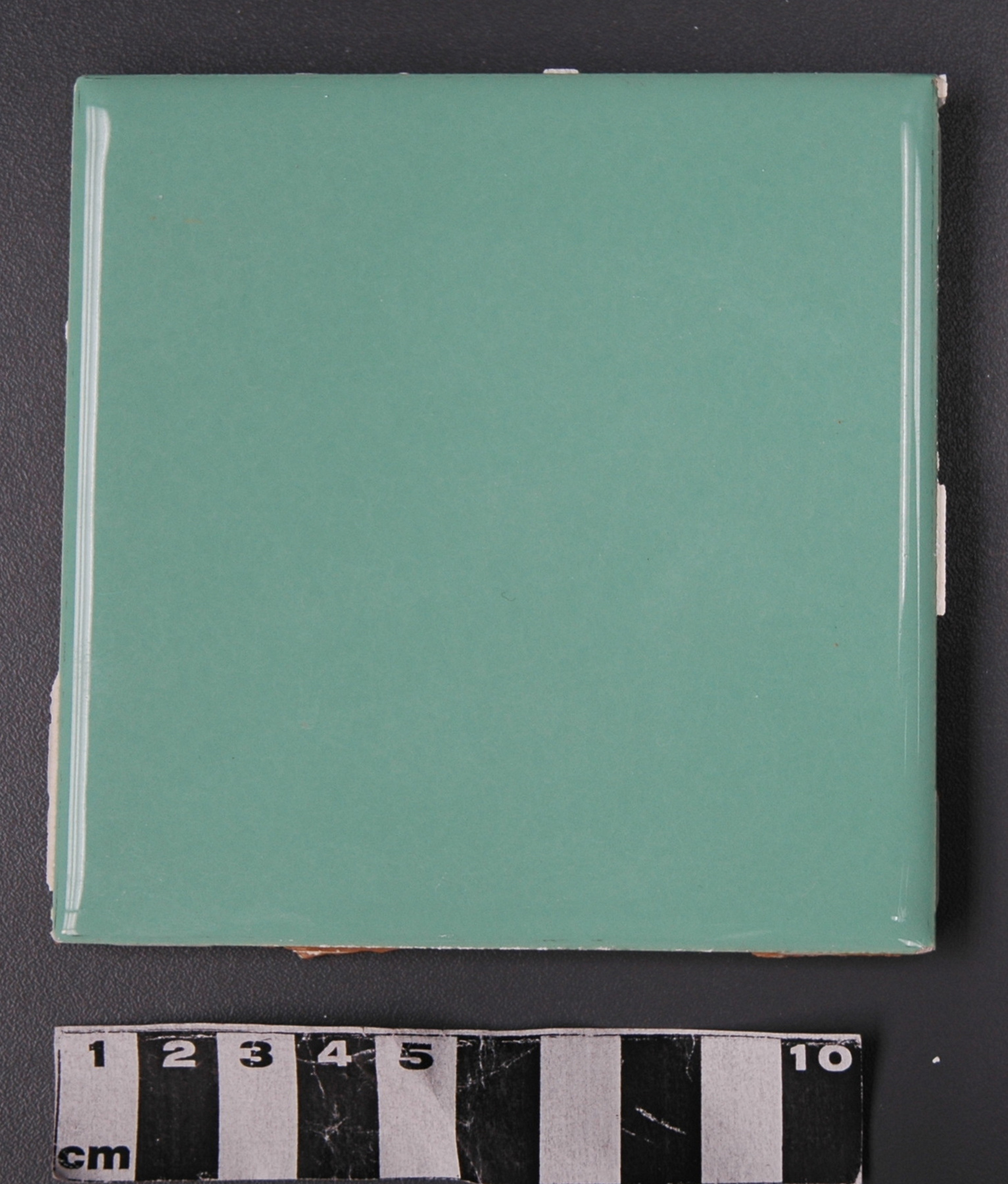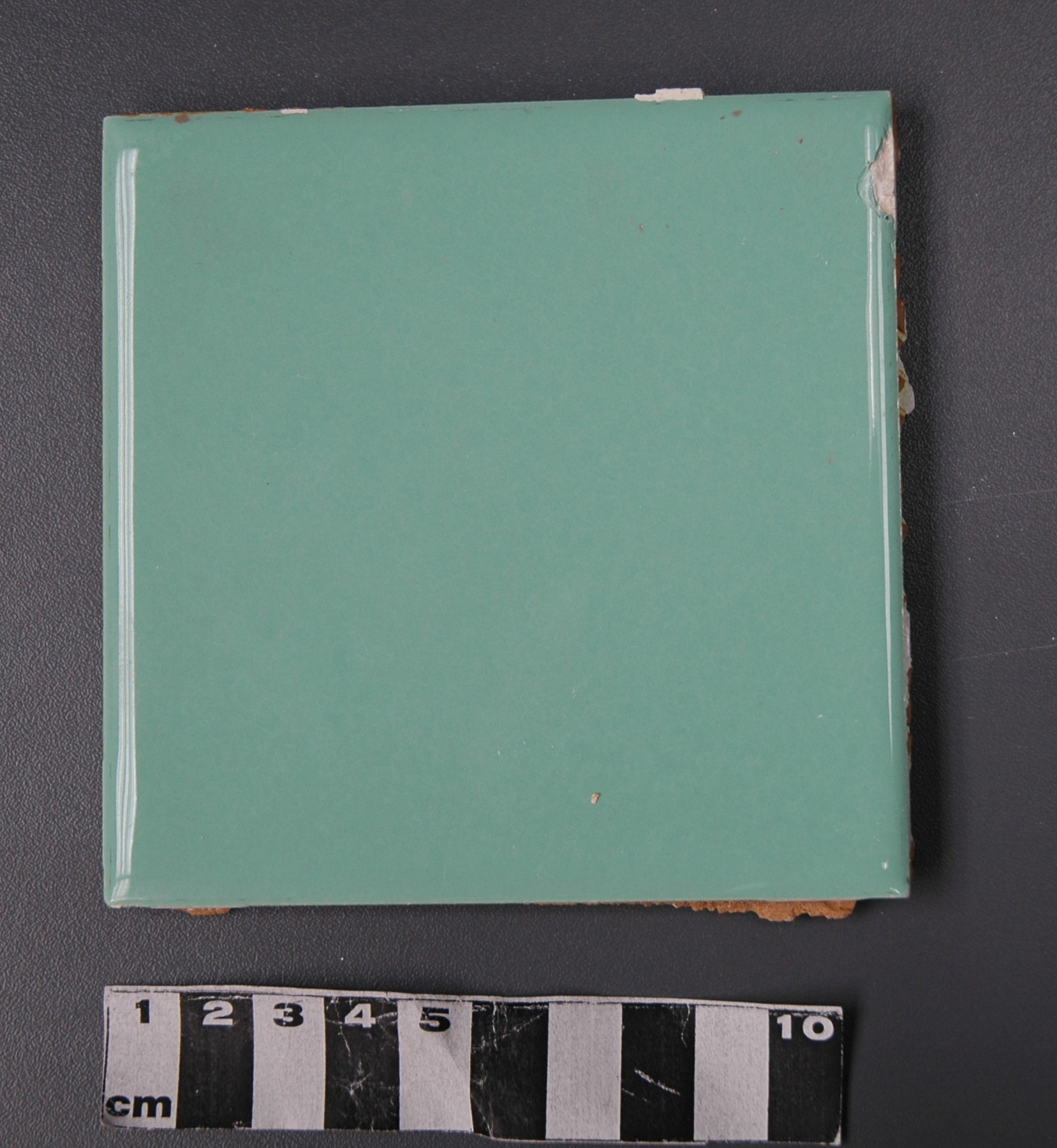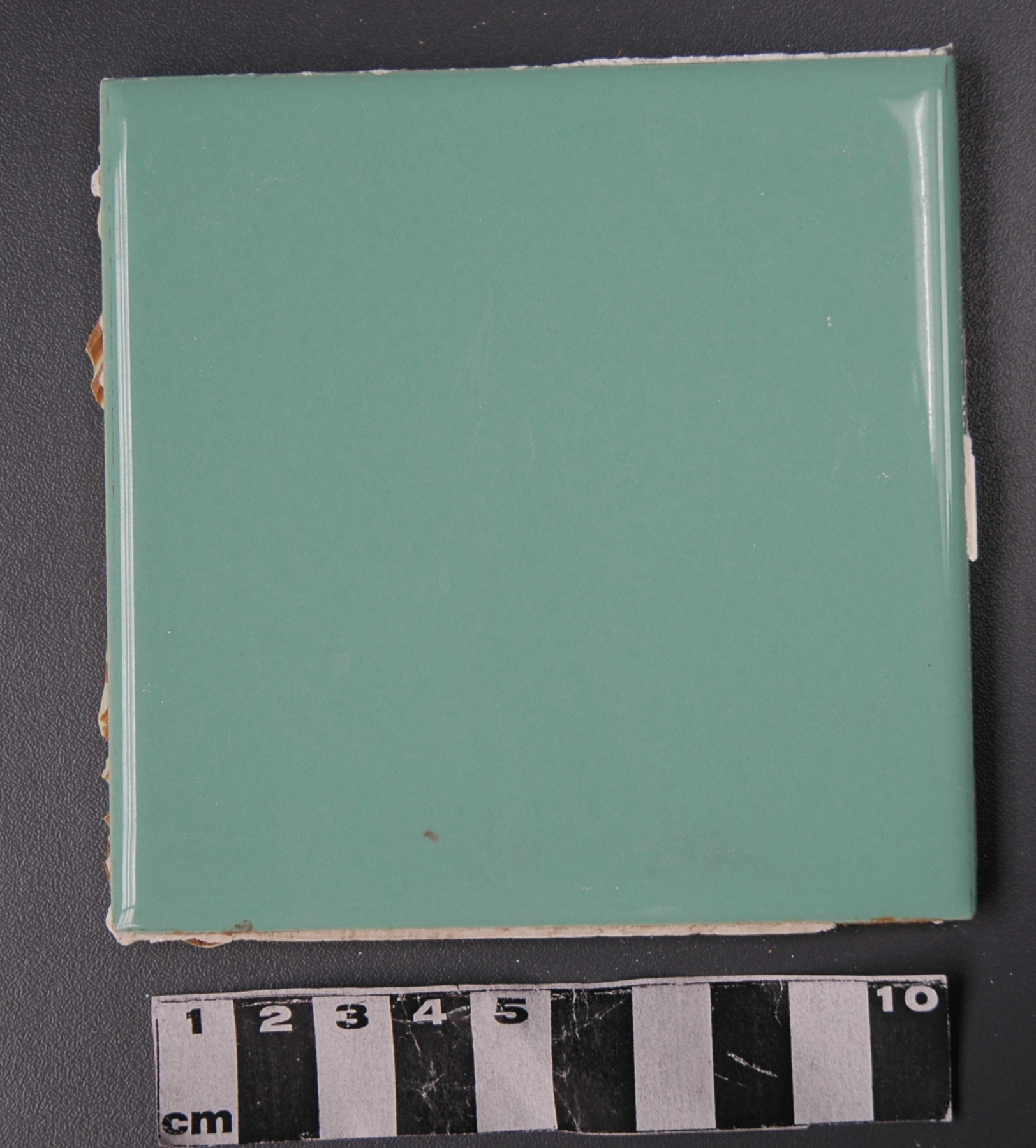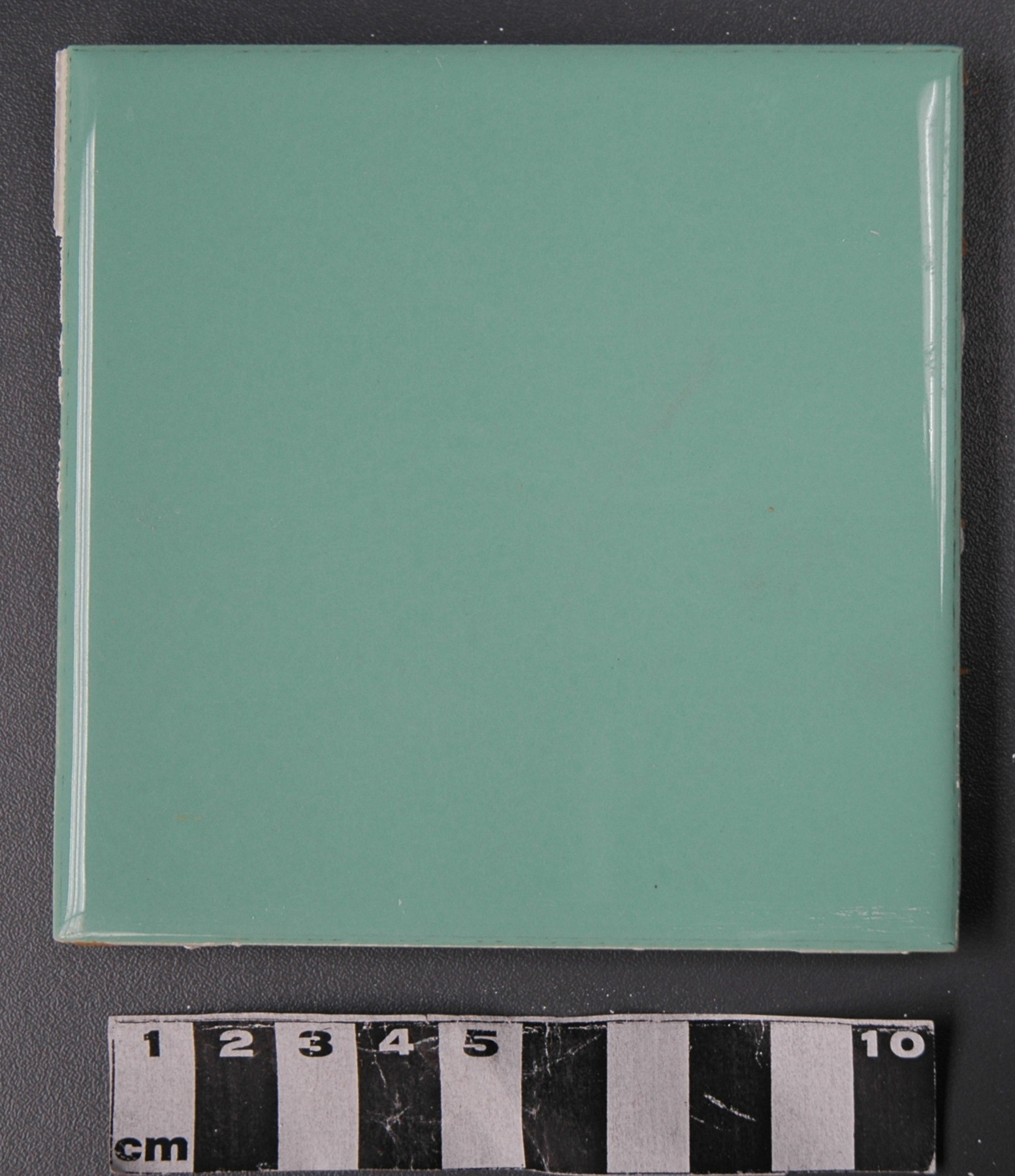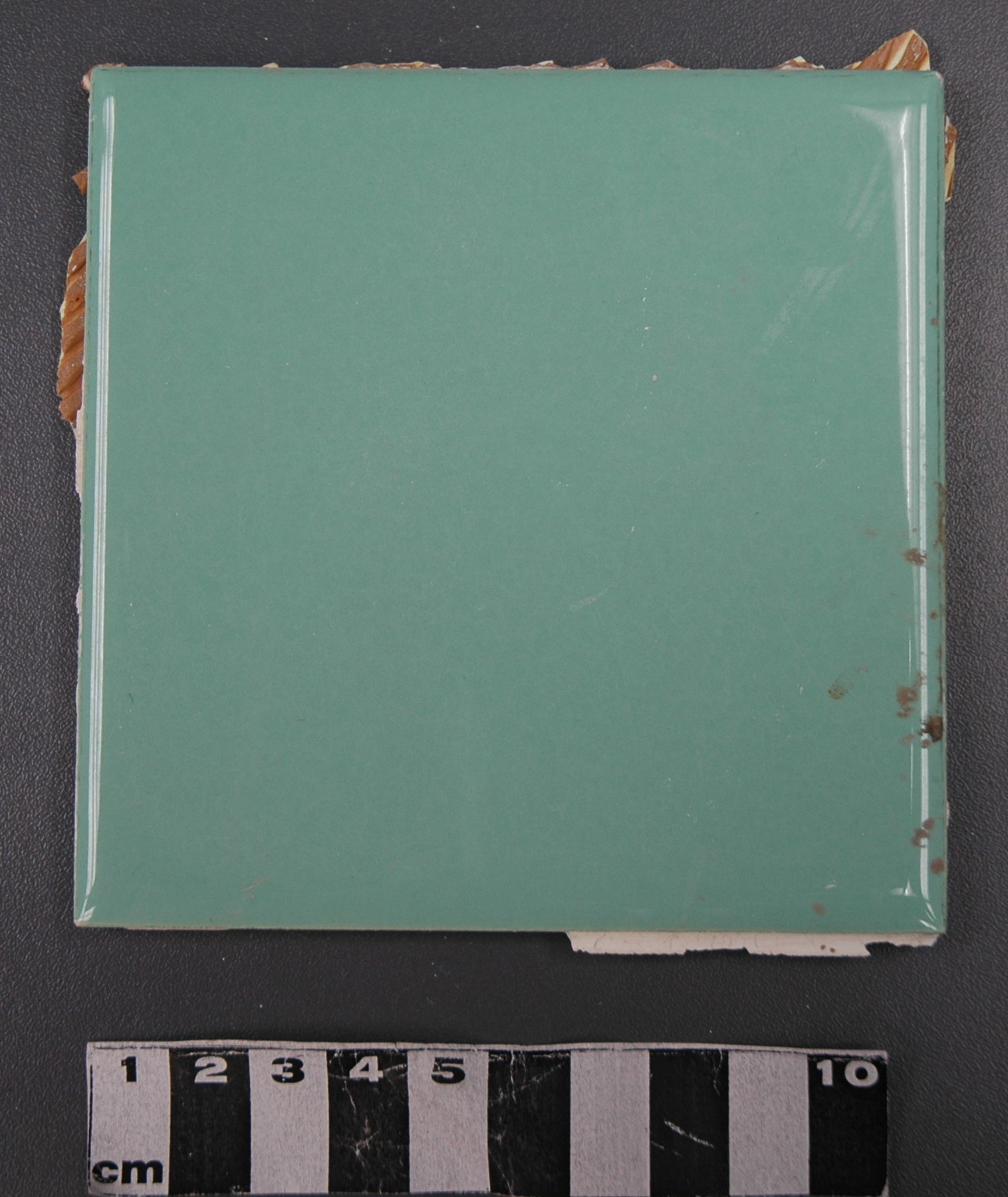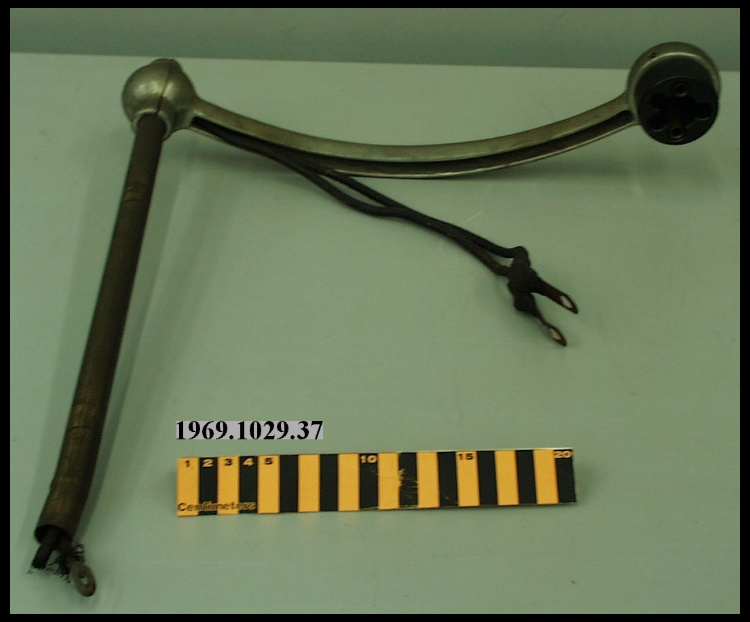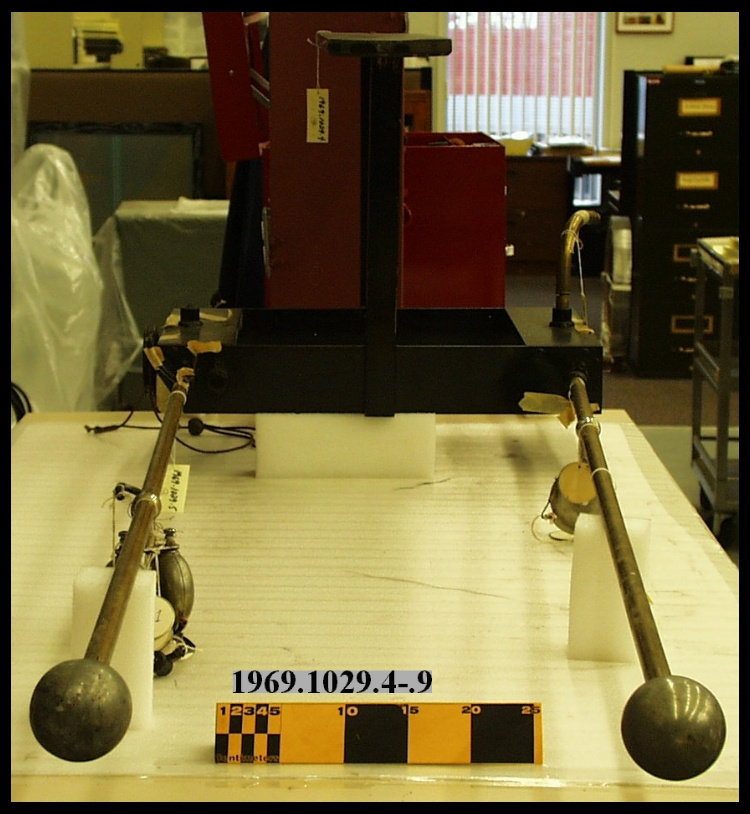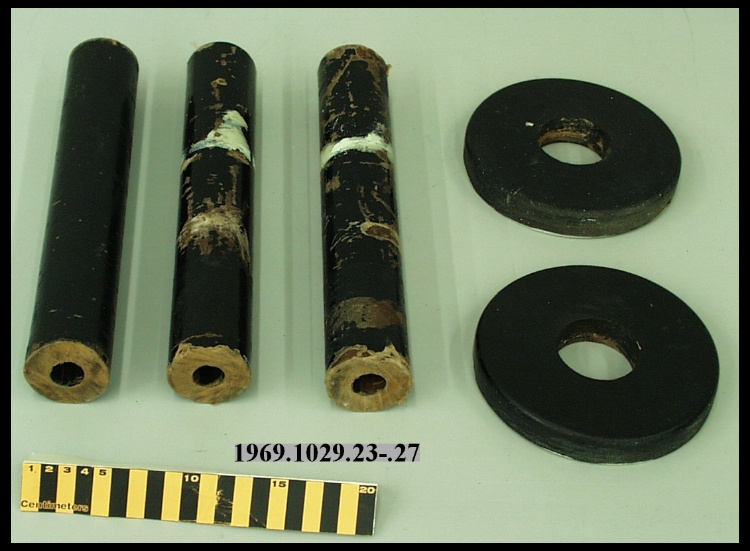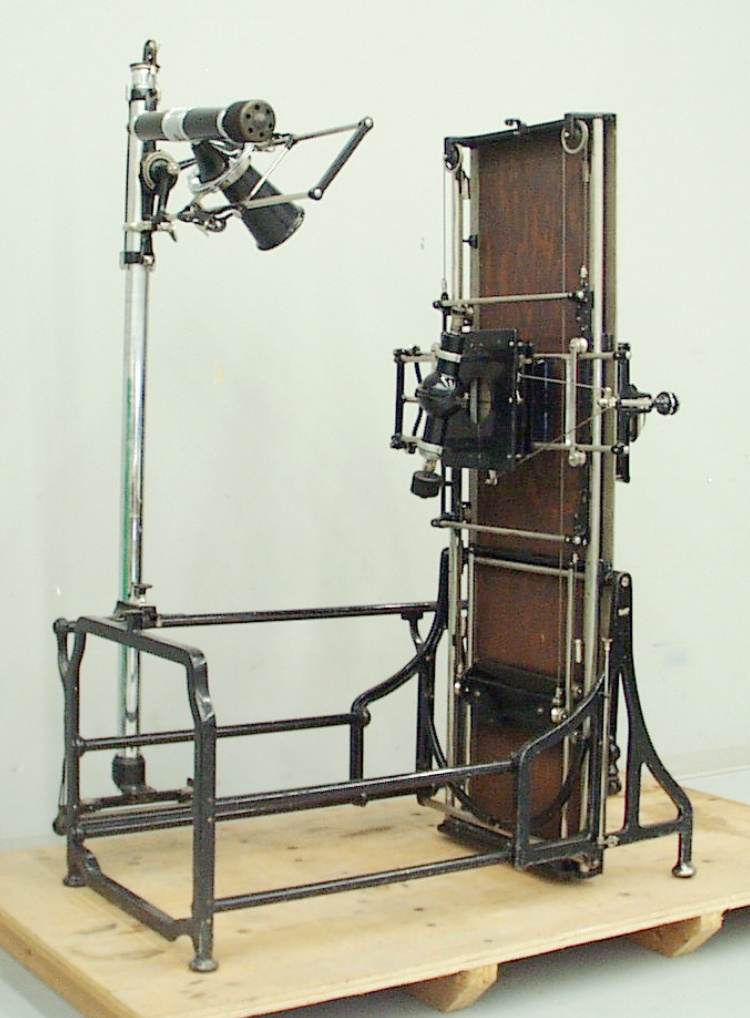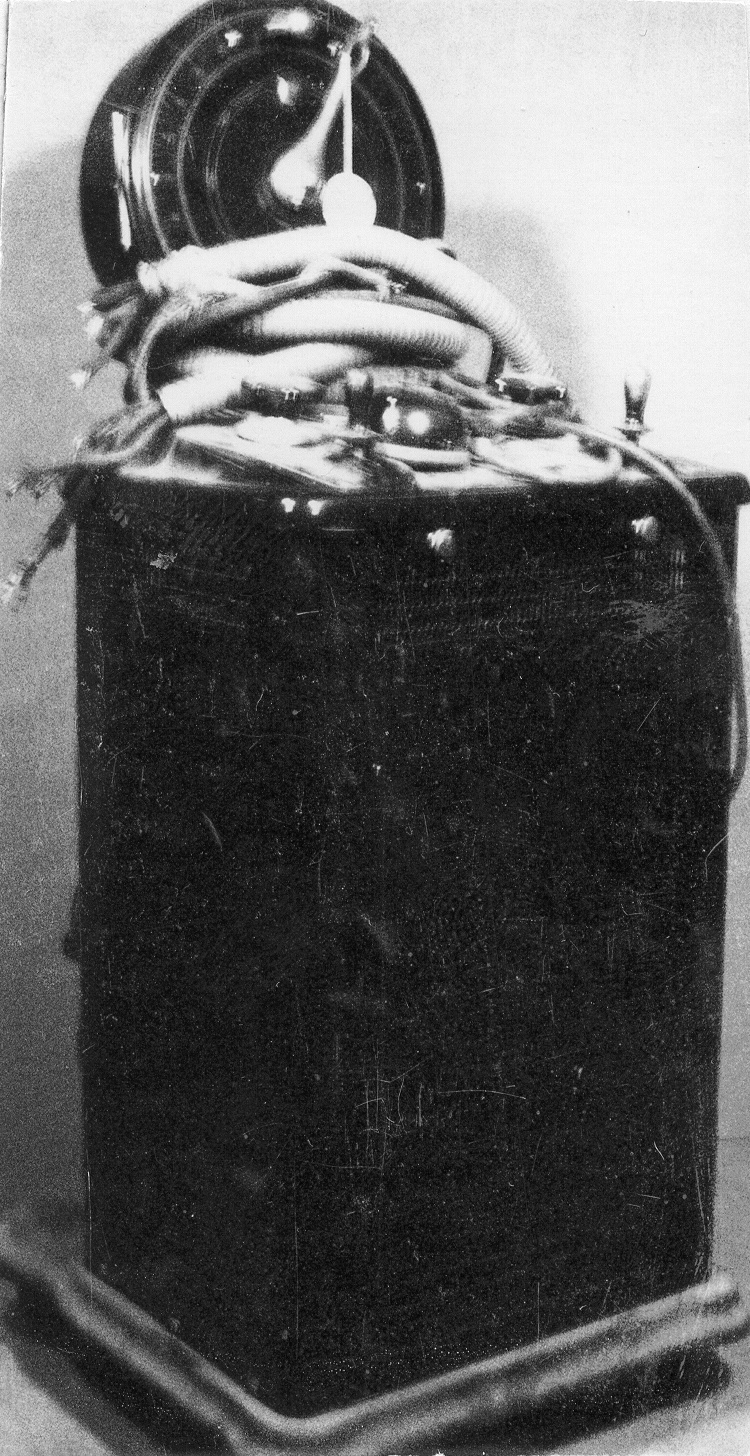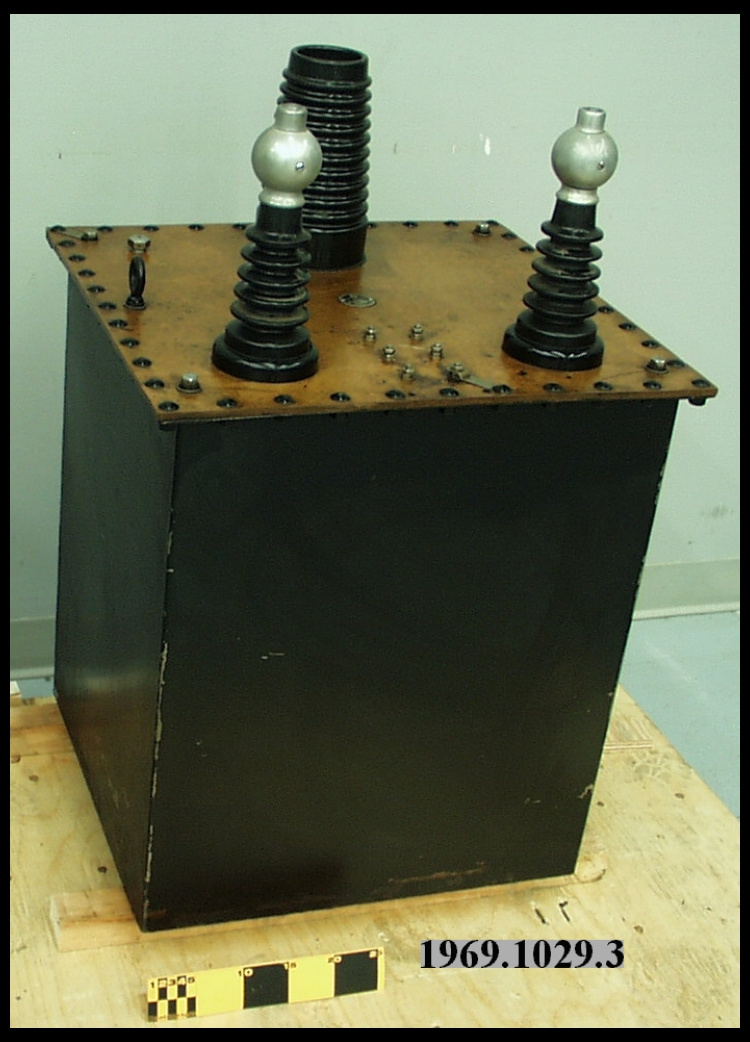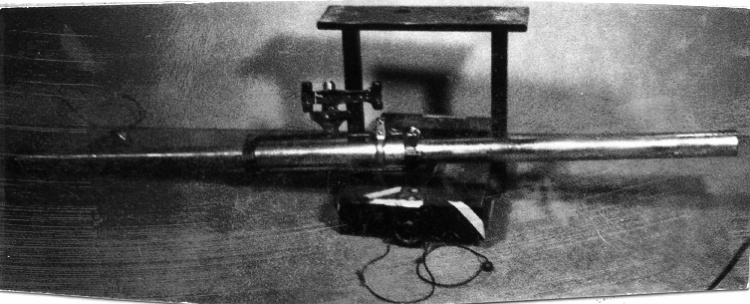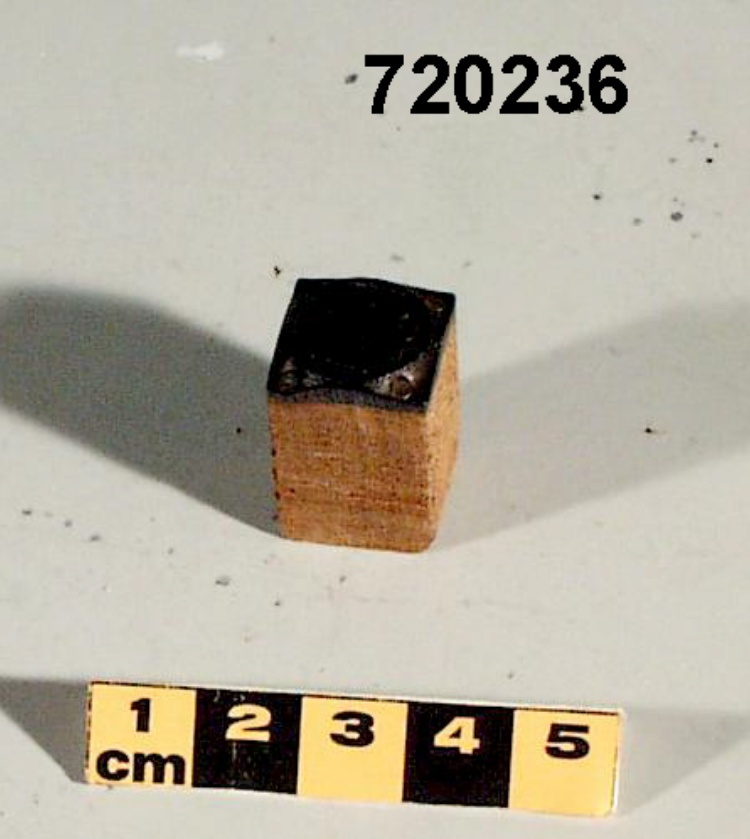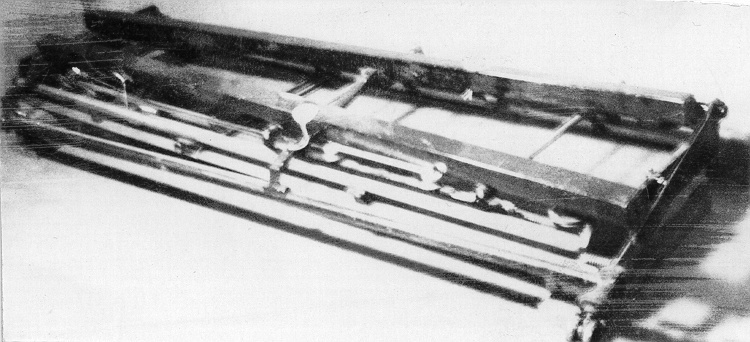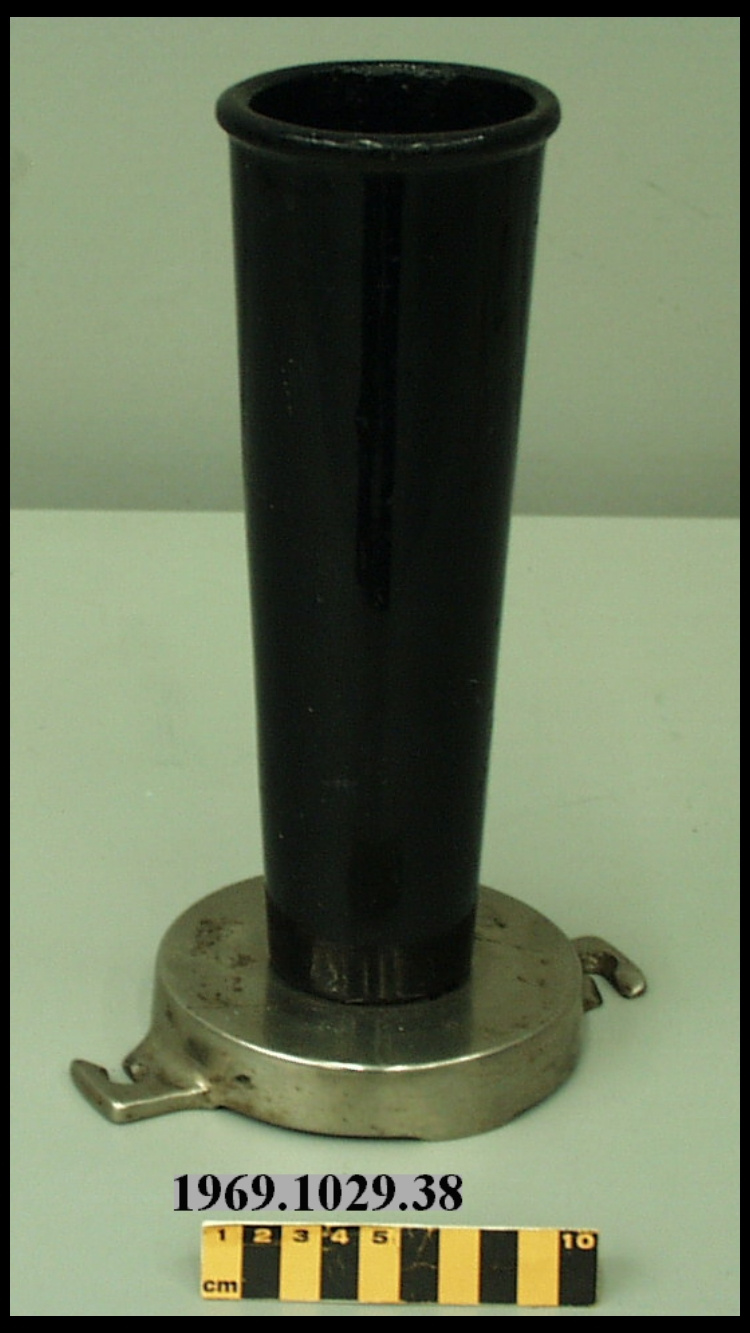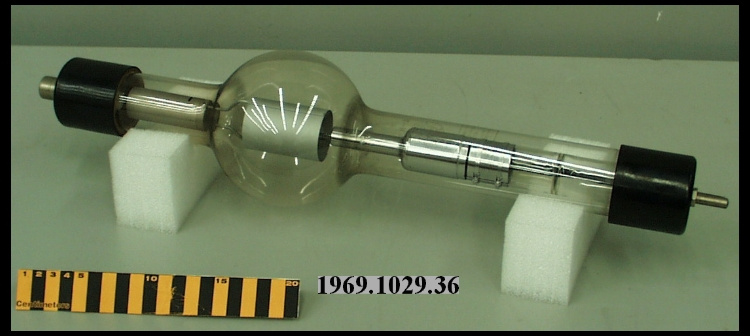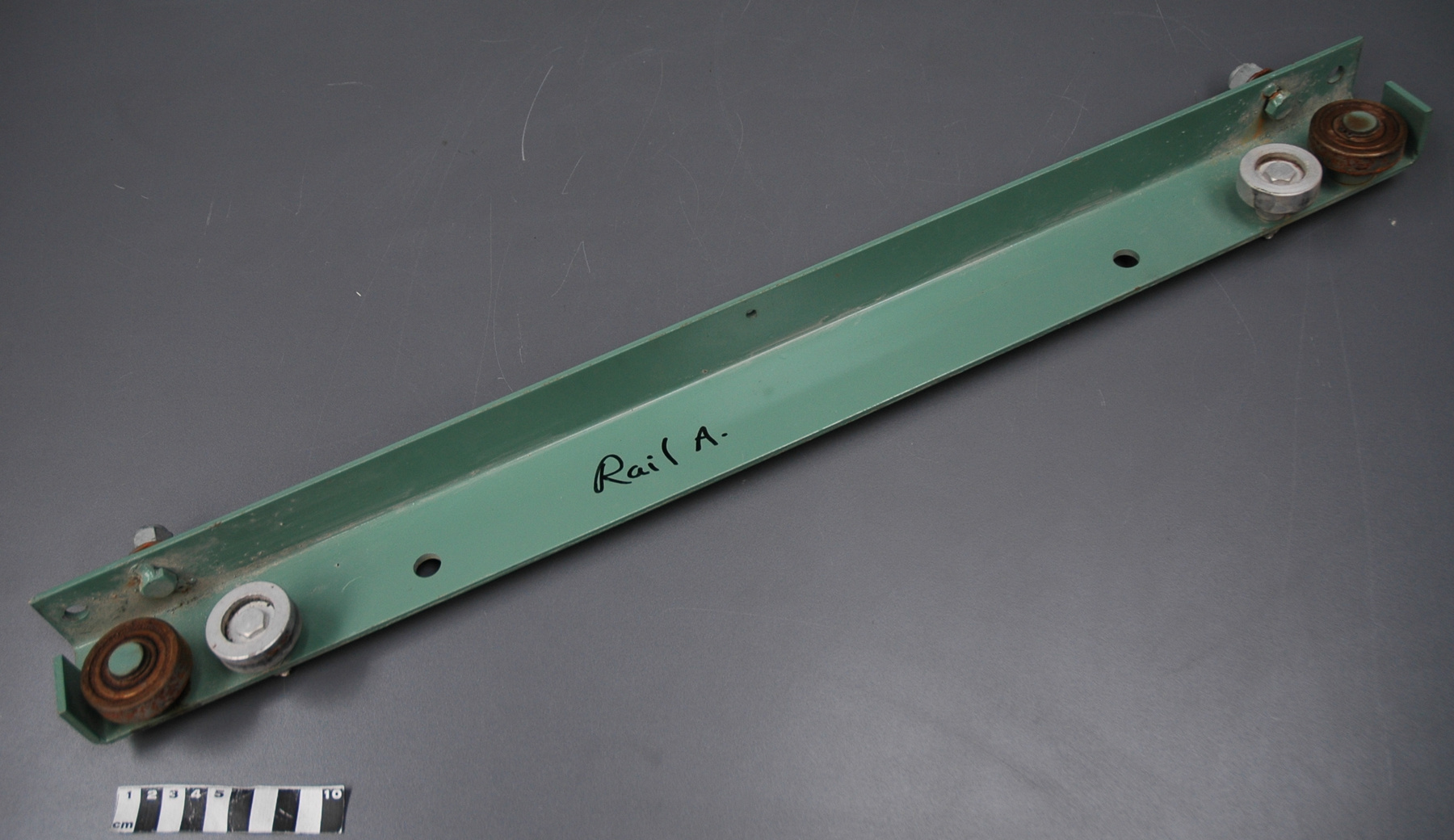Rail
Utiliser cette image
Puis-je réutiliser cette image sans autorisation? Oui
Les images sur le portail de la collection d’Ingenium ont la licence Creative Commons suivante :
Copyright Ingenium / CC BY-NC-ND (Attribution-NonCommercial 4.0 International (CC BY-NC 4.0)
ATTRIBUER CETTE IMAGE
Ingenium,
2009.0068.013
Permalien:
Ingenium diffuse cette image sous le cadre de licence Creative Commons et encourage son téléchargement et sa réutilisation à des fins non commerciales. Veuillez mentionner Ingenium et citer le numéro de l’artefact.
TÉLÉCHARGER L’IMAGEACHETER CETTE IMAGE
Cette image peut être utilisée gratuitement pour des fins non commerciales.
Pour un usage commercial, veuillez consulter nos frais de reproduction et communiquer avec nous pour acheter l’image.
- TYPE D’OBJET
- support
- DATE
- 1962
- NUMÉRO DE L’ARTEFACT
- 2009.0068.013
- FABRICANT
- Picker X-Ray Corp.
- MODÈLE
- Inconnu
- EMPLACEMENT
- Cleveland, Ohio, United States of America
Plus d’information
Renseignements généraux
- Nº de série
- S/O
- Nº de partie
- 13
- Nombre total de parties
- 16
- Ou
- S/O
- Brevets
- S/O
- Description générale
- metal
Dimensions
Remarque : Cette information reflète la taille générale pour l’entreposage et ne représente pas nécessairement les véritables dimensions de l’objet.
- Longueur
- 68,5 cm
- Largeur
- 5,5 cm
- Hauteur
- 7,0 cm
- Épaisseur
- S/O
- Poids
- S/O
- Diamètre
- S/O
- Volume
- S/O
Lexique
- Groupe
- Technologie médicale
- Catégorie
- Radiologie
- Sous-catégorie
- S/O
Fabricant
- Ou
- Picker
- Pays
- United States of America
- État/province
- Ohio
- Ville
- Cleveland
Contexte
- Pays
- Canada
- État/province
- Saskatchewan
- Période
- Possibly used c. 1962+; not used after 2005.
- Canada
-
Weyburn Mental Hospital in Weyburn, SK opened its doors in 1921 and closed (as the Souris Valley Hospital) in 2005. From the 1940s to 1971 it took part in controversial treatments for mental illness including lobotomy and electro shock therapy. It was also famous for its pioneering experiments with LSD in the 1950s and 60s. Dr. Humphrey Osmond, who coined the term "psychedelic" performed several experiments with patients and university students. In its heyday, the Weyburn was a well-equipped, self-sufficient health facility. Some complained that it was even better equipped than the local hospital. This x-ray machine [system component] would have been the workhorse for the institution. It was still in use after the building shut down a few years ago. It does not have direct ties to the more controversial history at Weyburn, but in colour and design, mirrored the institutional interior of Weyburn. Much of the old equipment and supplies went to developing countries when the shut-down occurred and some went to the University of Regina theatrical department. [Ref. 1] - Fonction
-
To support and facilitate movement of ceiling-mounted x-ray machine head. - Technique
-
Element of durable x-ray, fluoroscopic machine used for many purposes. It was part of a new generation of fluoroscopic technology following the invention of large image intensifiers in 1953. With these photomultiplier tubes, ordinary movie cameras could capture the moving pictures of the fluoroscopic images. Contrast agents such as barium would have been used to see bodily processes in real time. {ref. 1] - Notes sur la région
-
Inconnu
Détails
- Marques
- "Rail A" printed by hand in black marker on inside of frame; "A" and "B" printed on opposite end of reverse.
- Manque
- Unknown.
- Fini
- Metal rail has smooth green finish; silver metal fittings.
- Décoration
- S/O
FAIRE RÉFÉRENCE À CET OBJET
Si vous souhaitez publier de l’information sur cet objet de collection, veuillez indiquer ce qui suit :
Picker X-Ray Corp., Rail, vers 1962, Numéro de l'artefact 2009.0068, Ingenium - Musées des sciences et de l'innovation du Canada, http://collection.ingeniumcanada.org/fr/id/2009.0068.013/
RÉTROACTION
Envoyer une question ou un commentaire sur cet artefact.
Plus comme ceci



